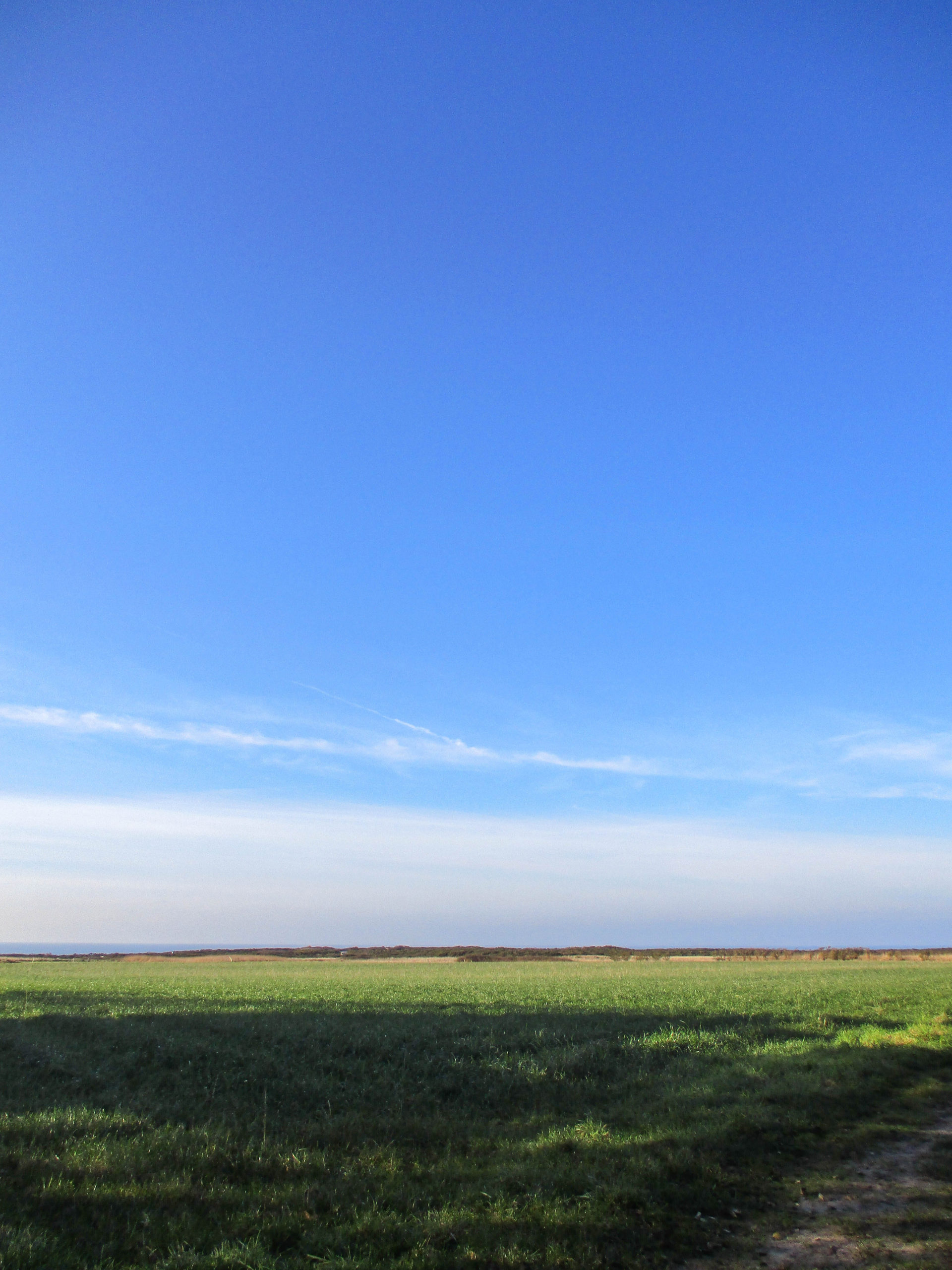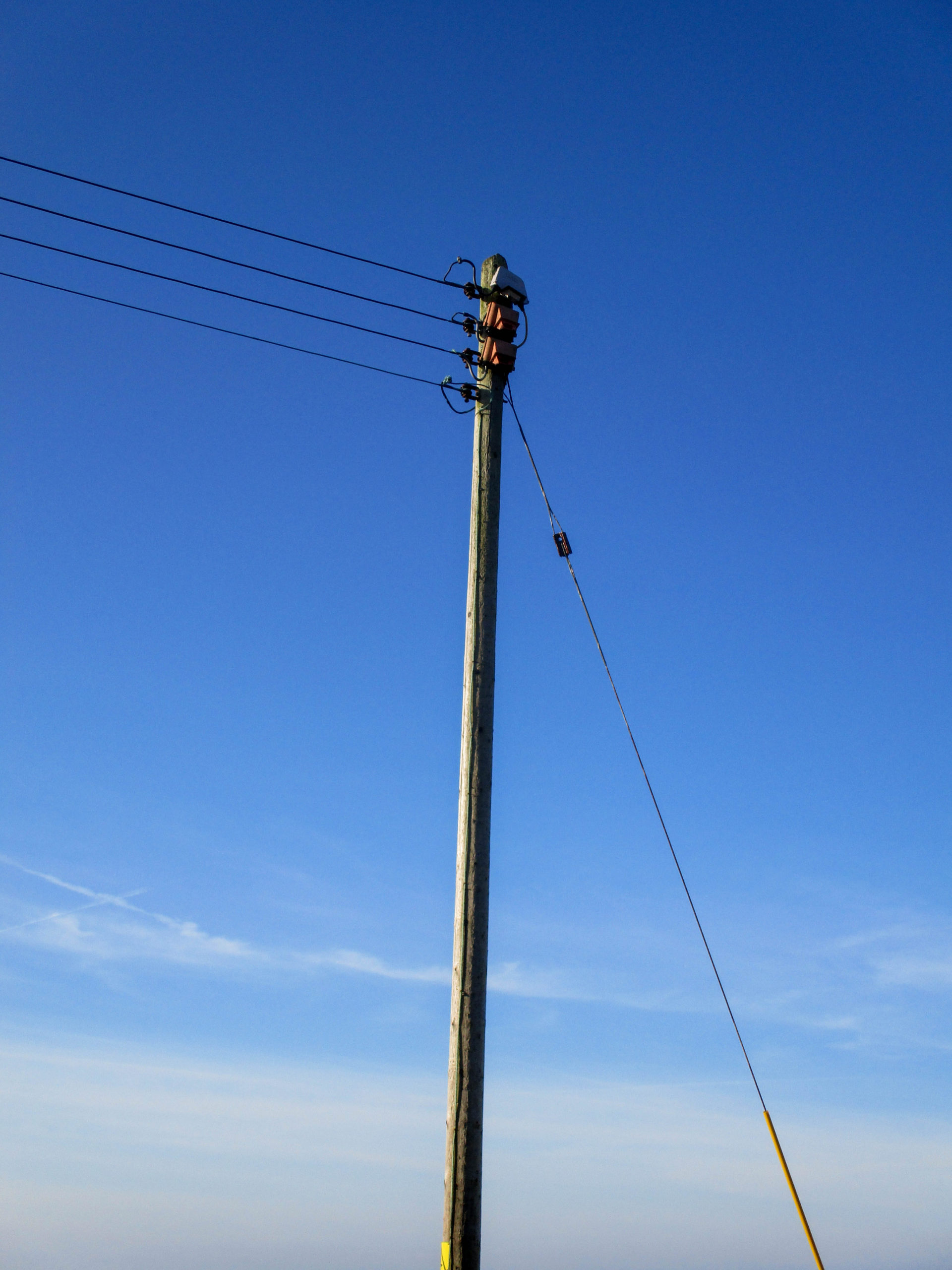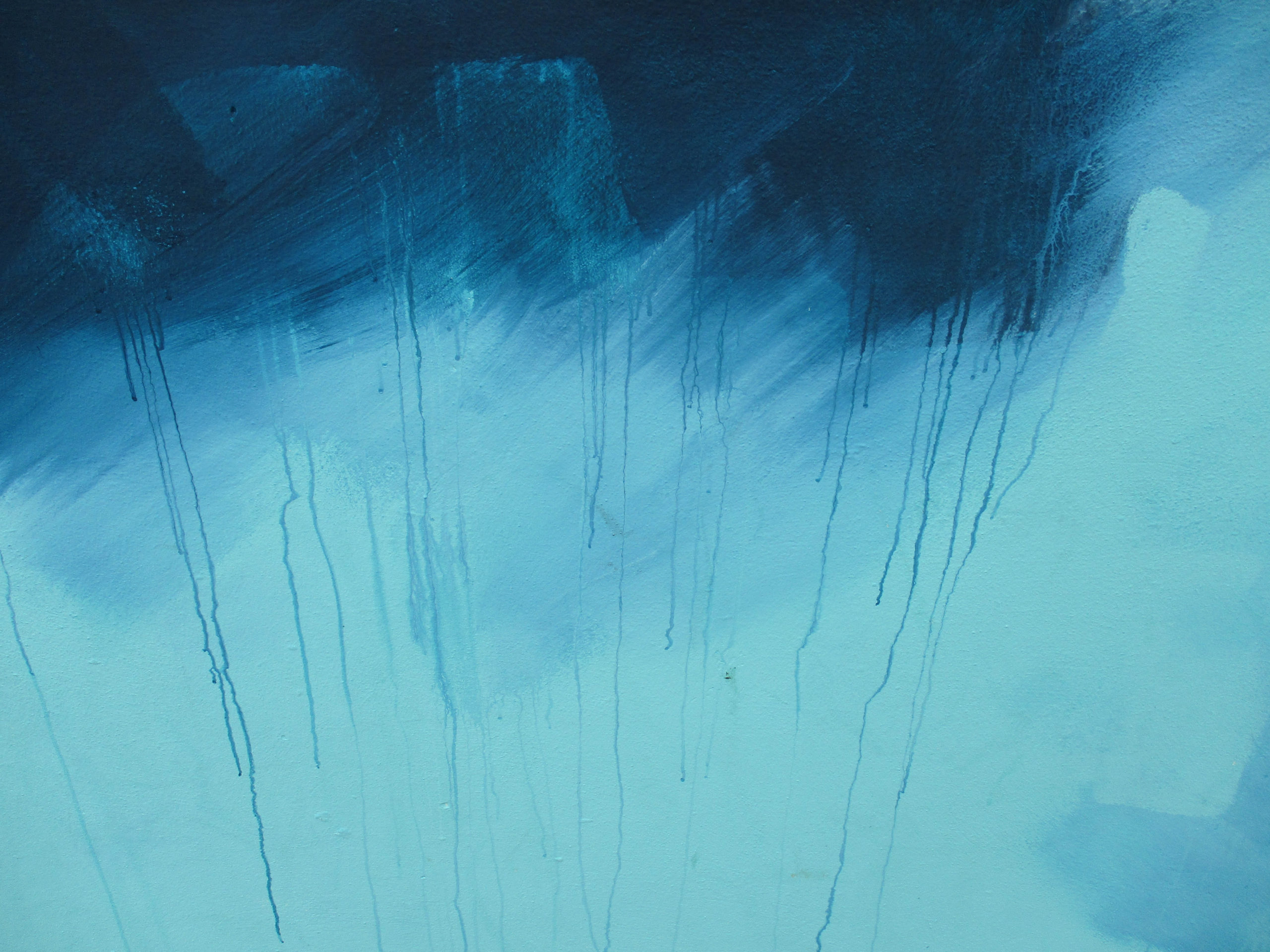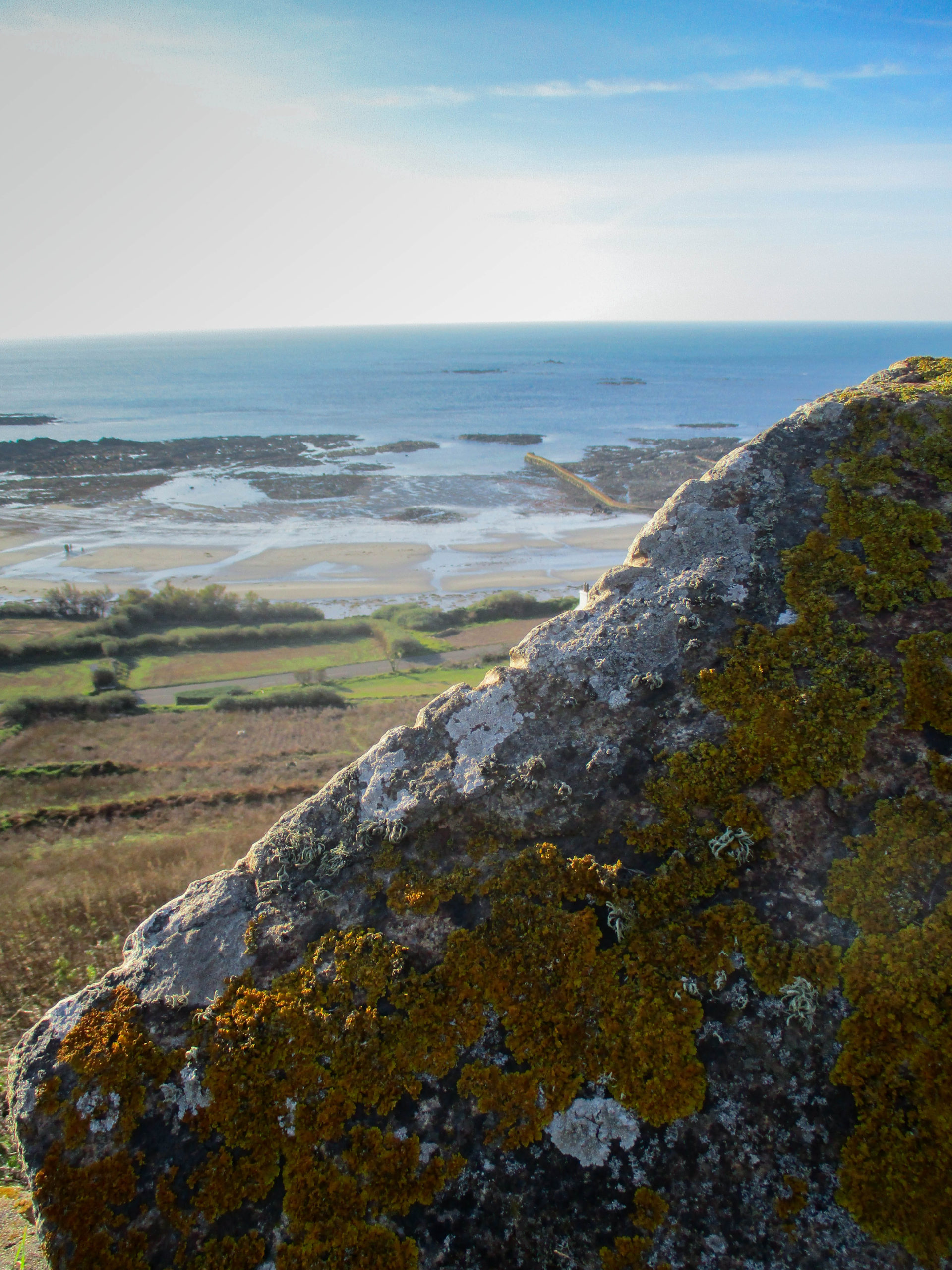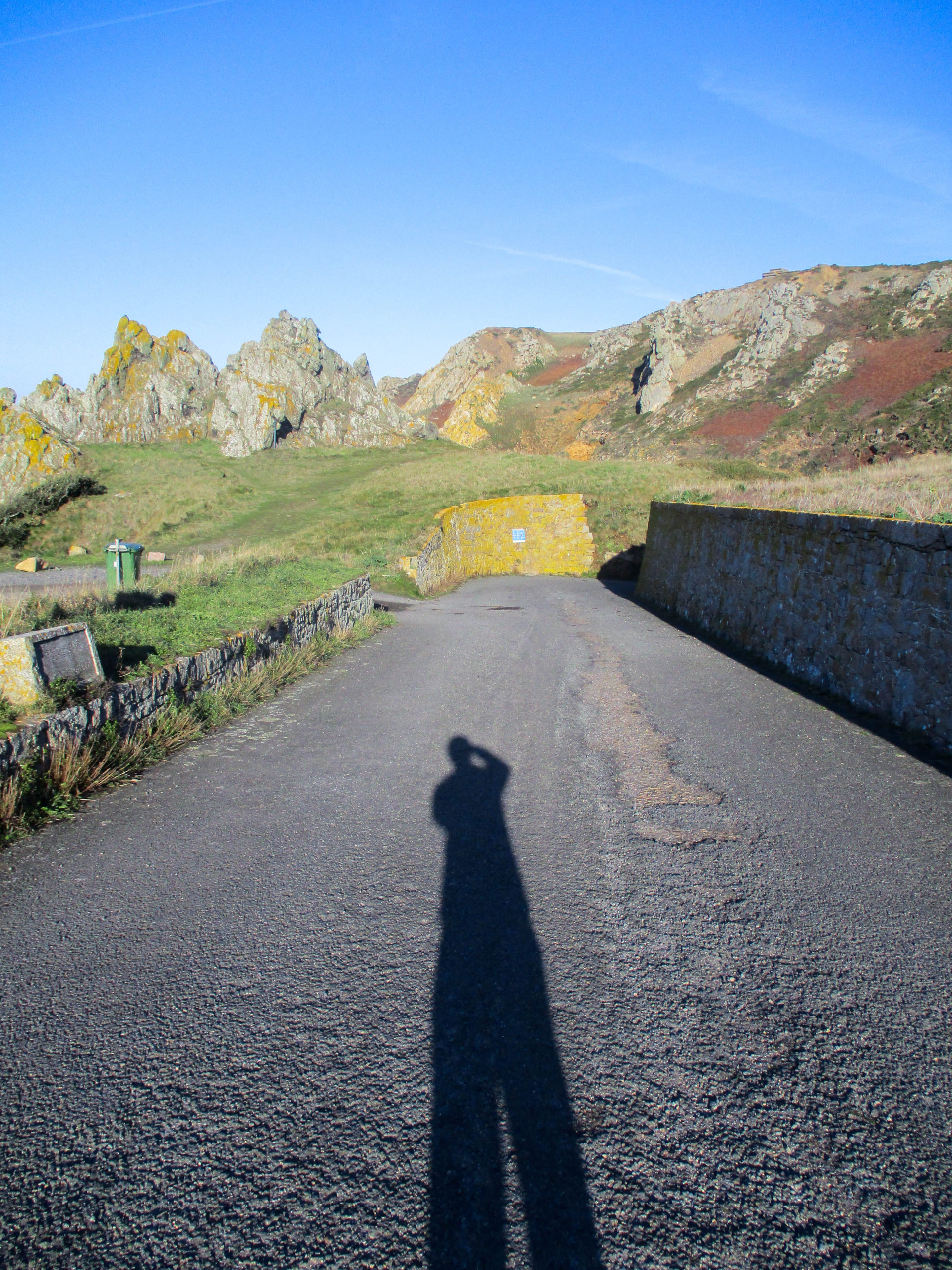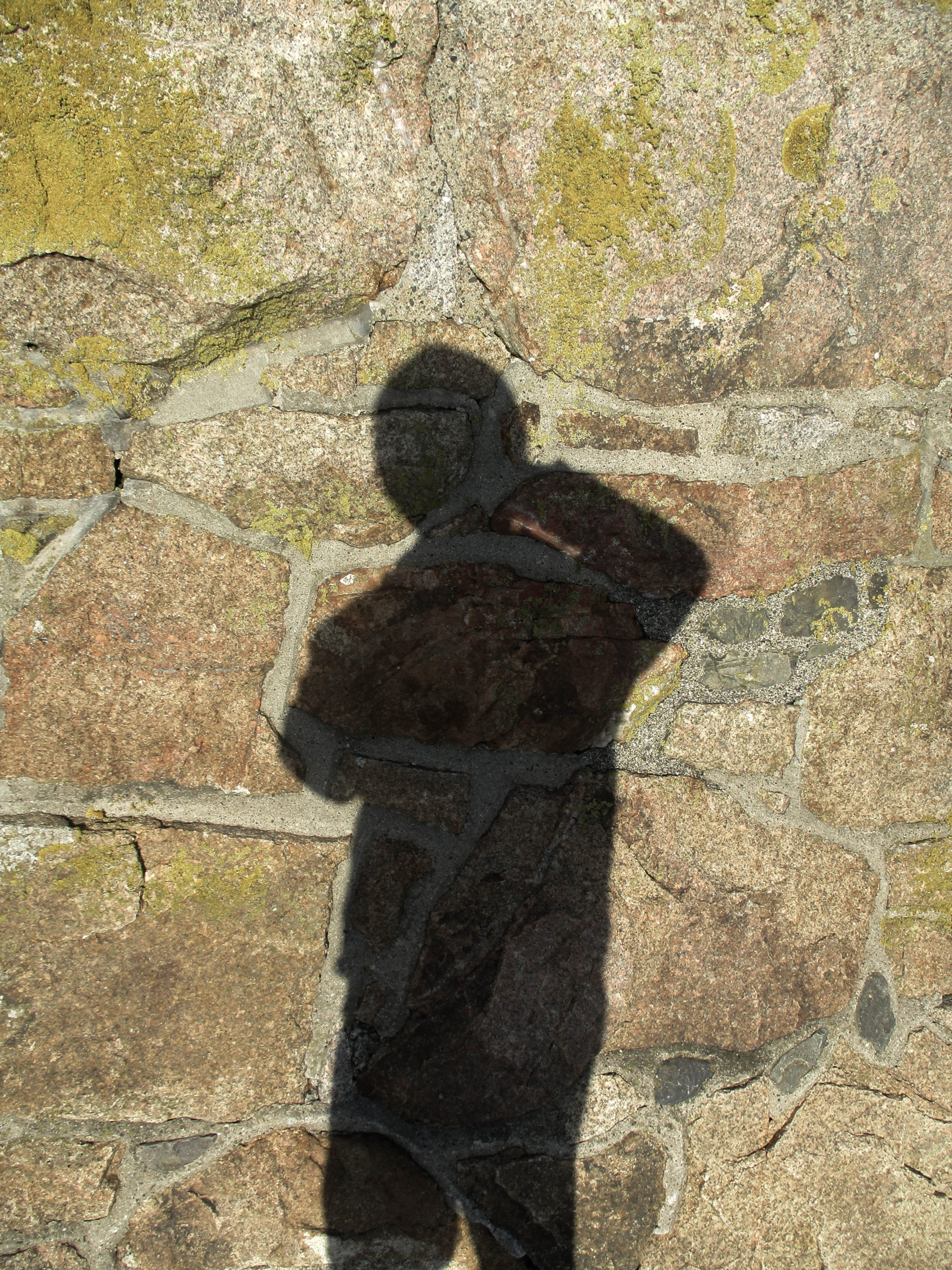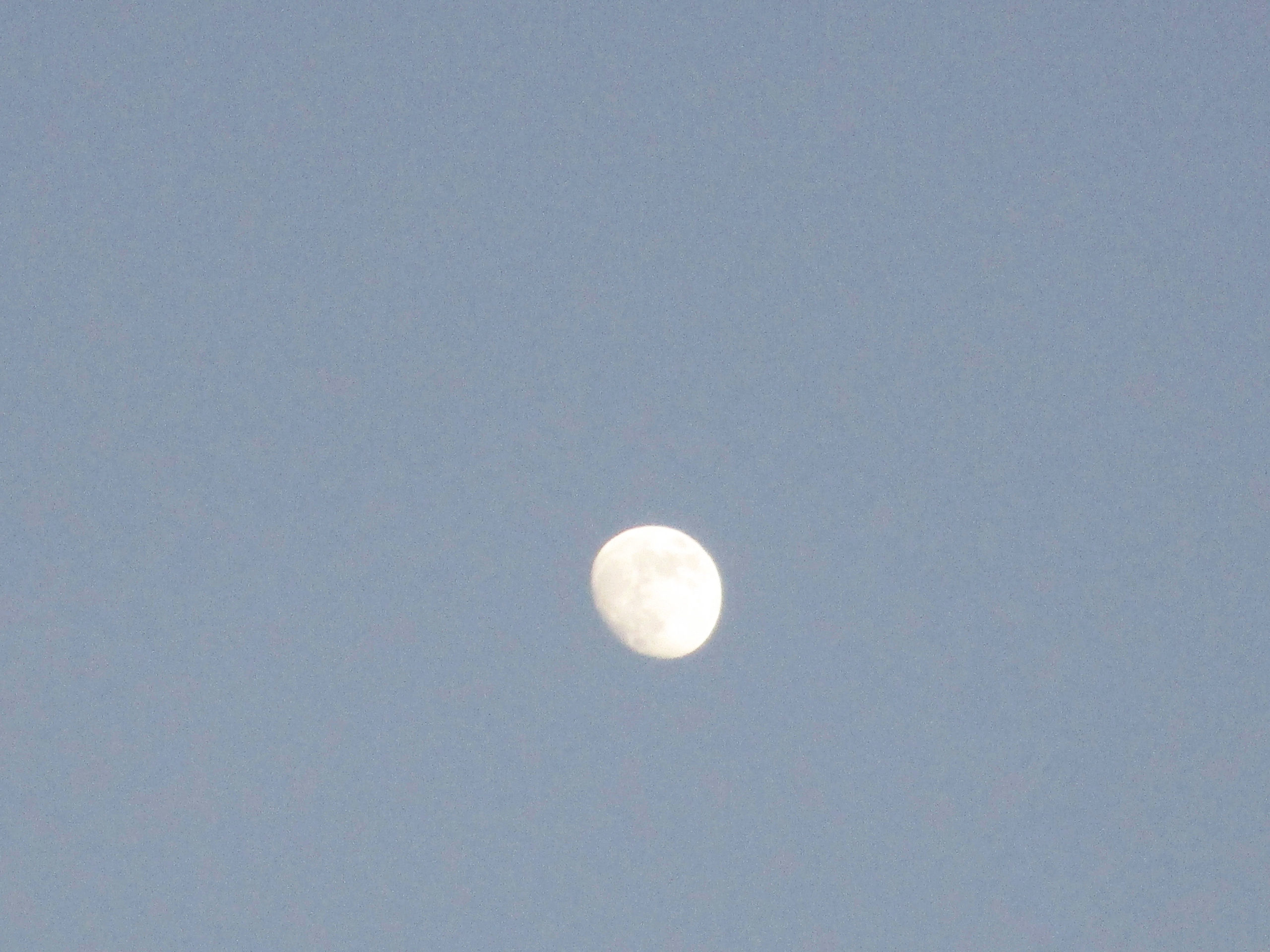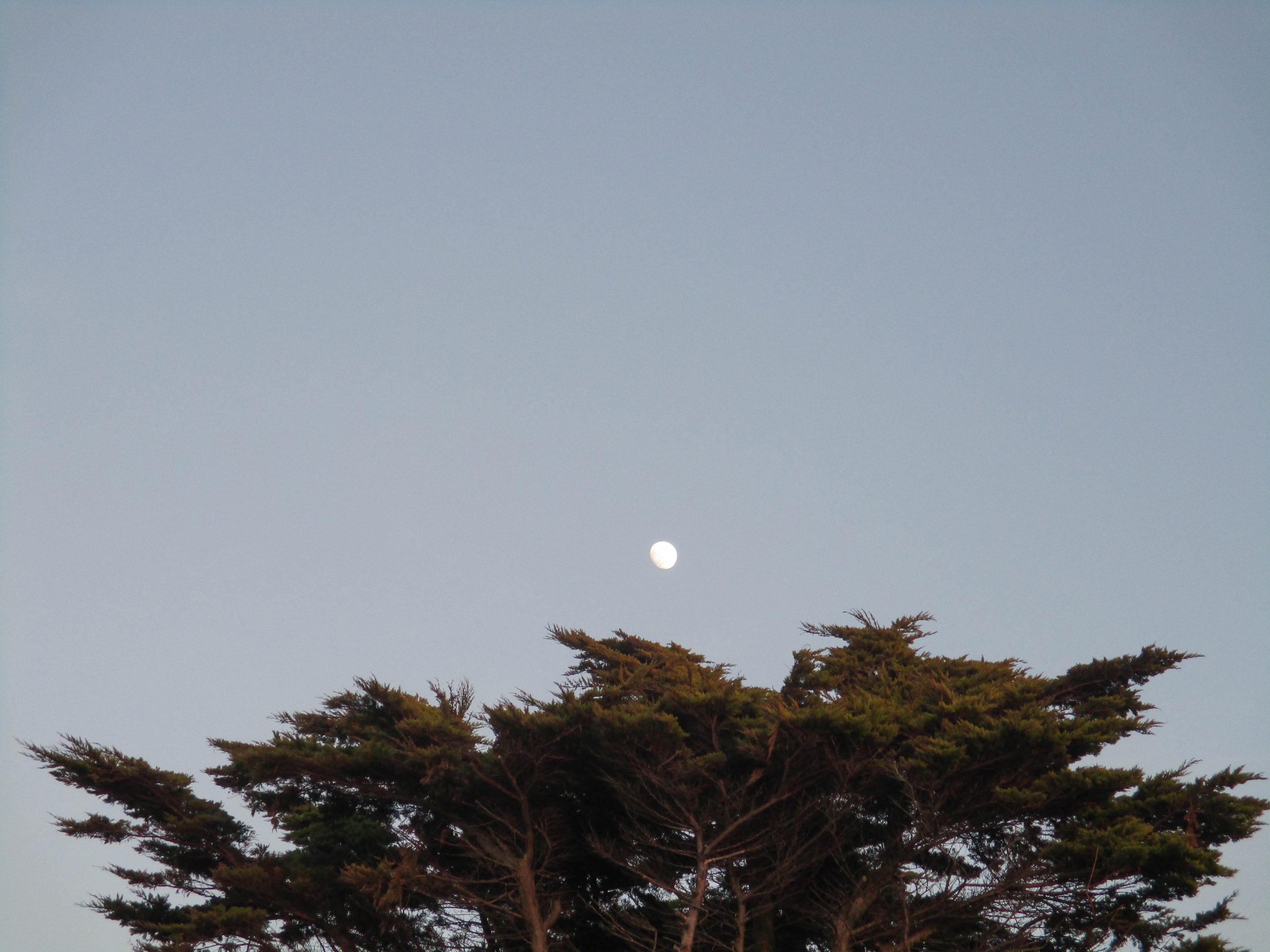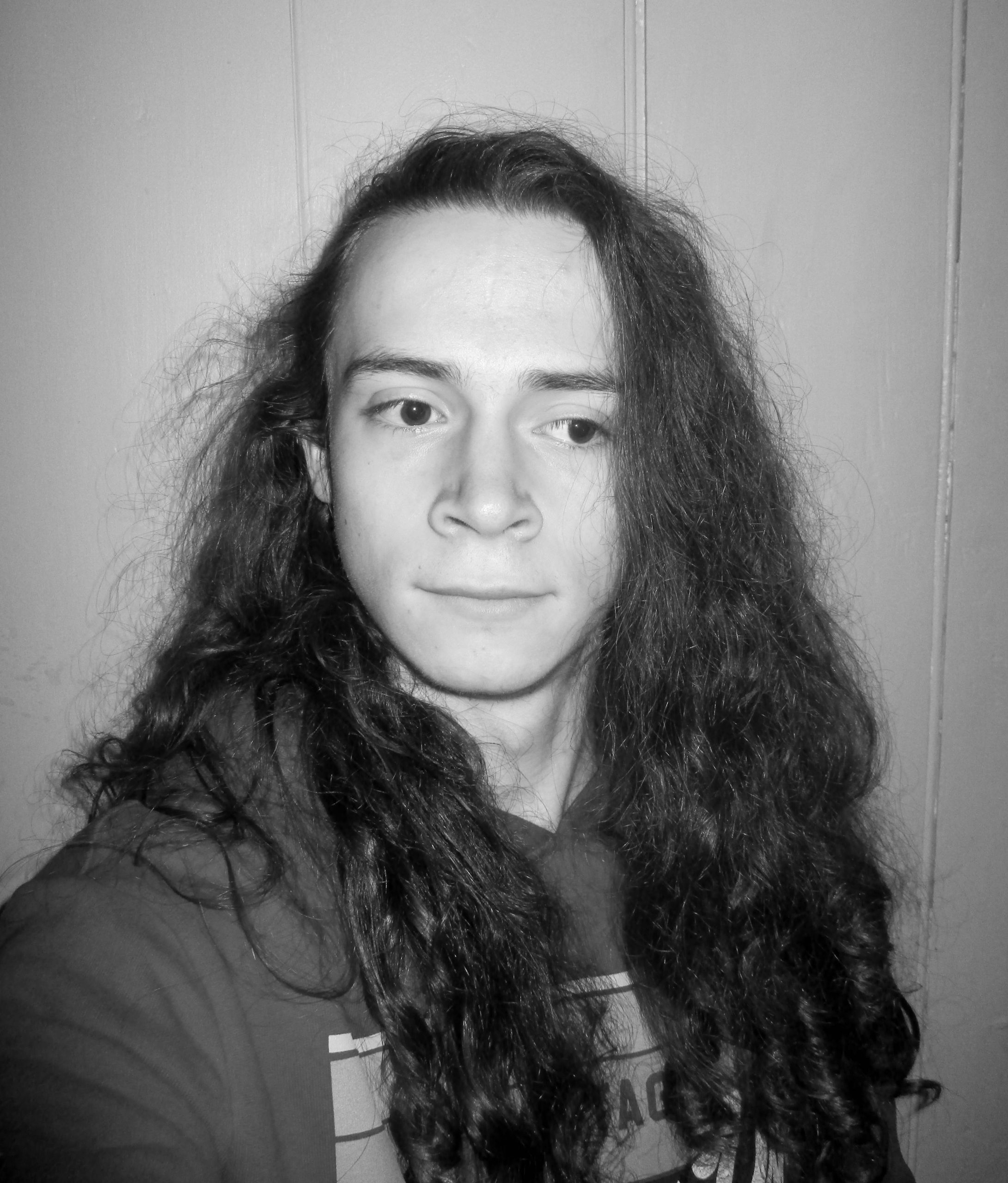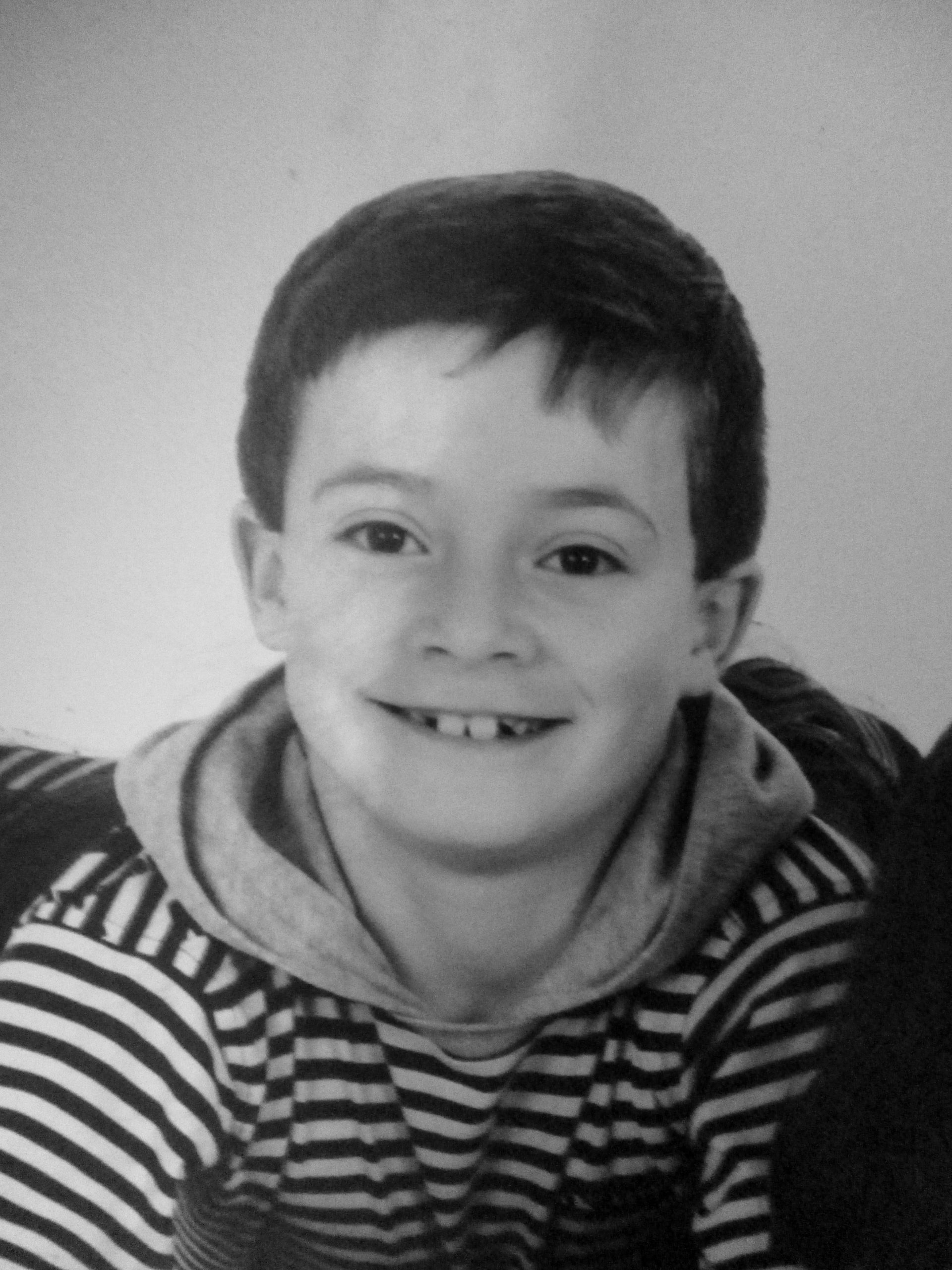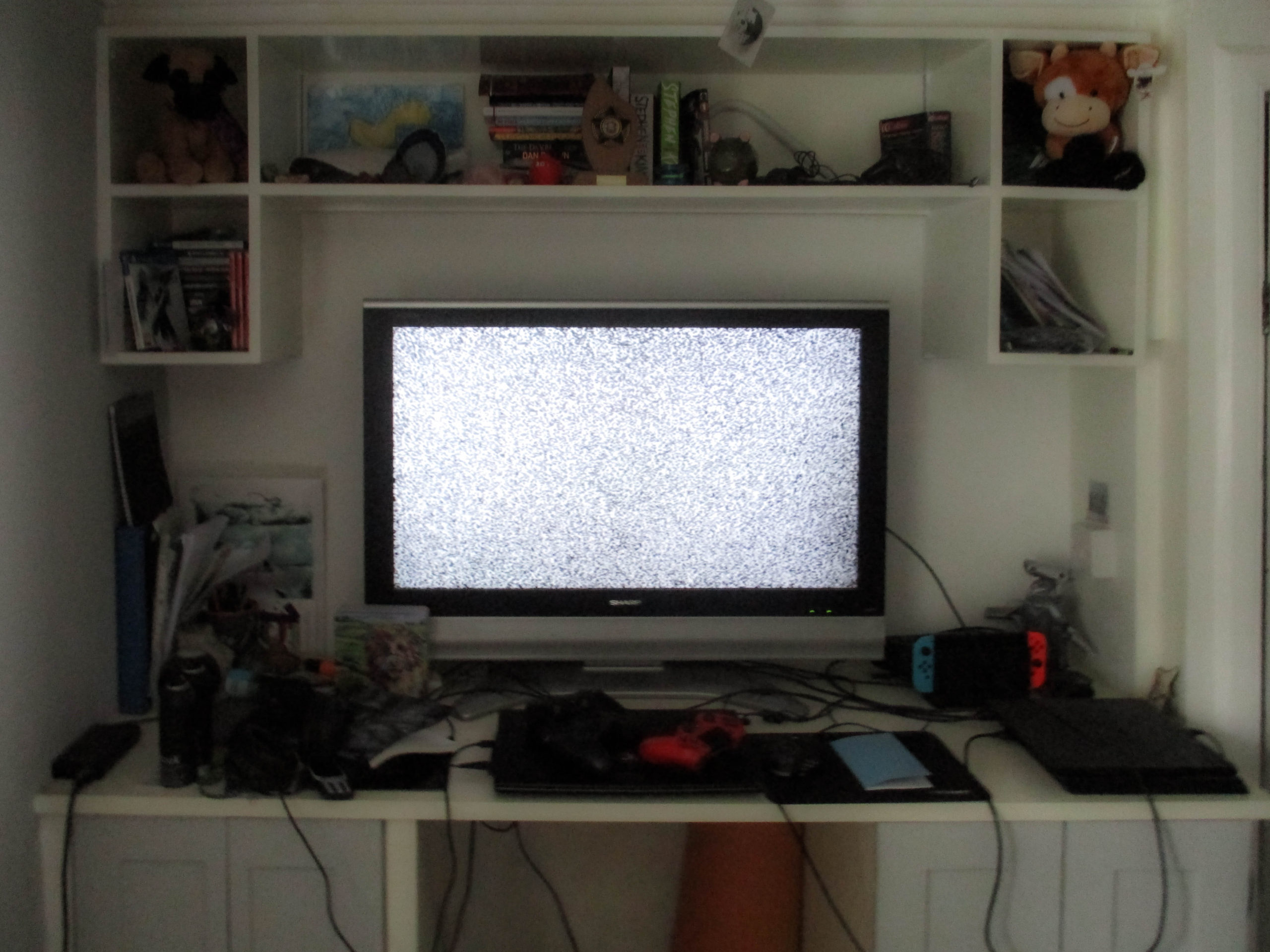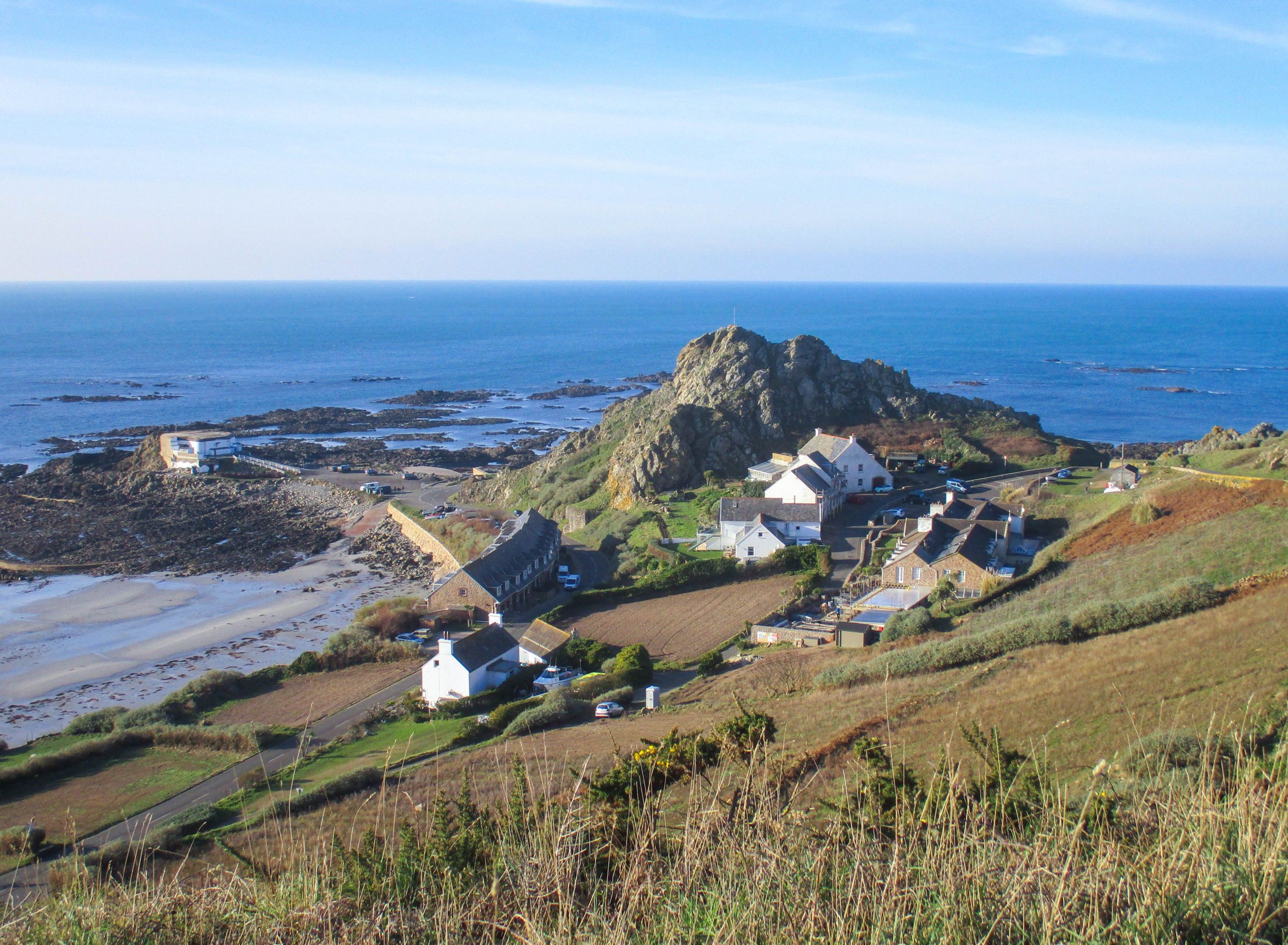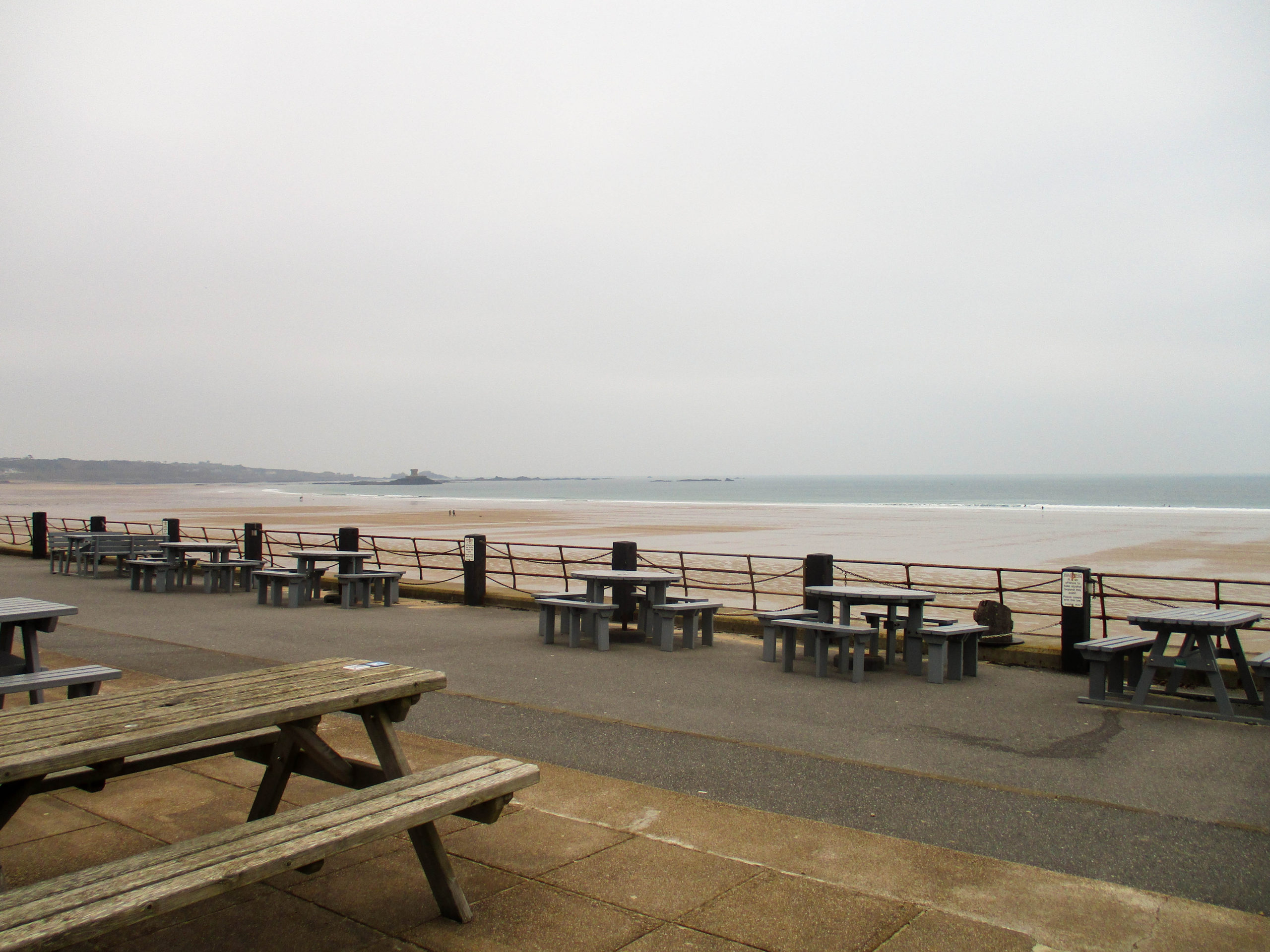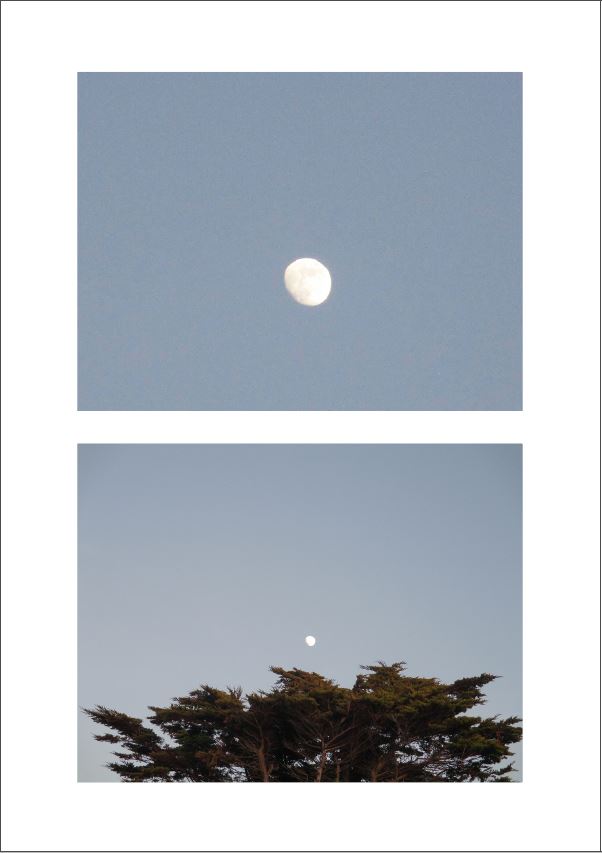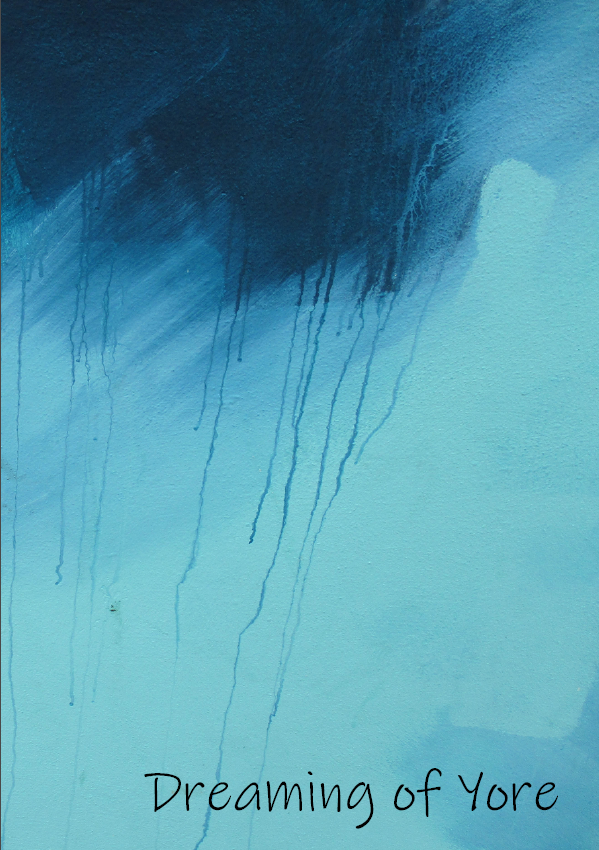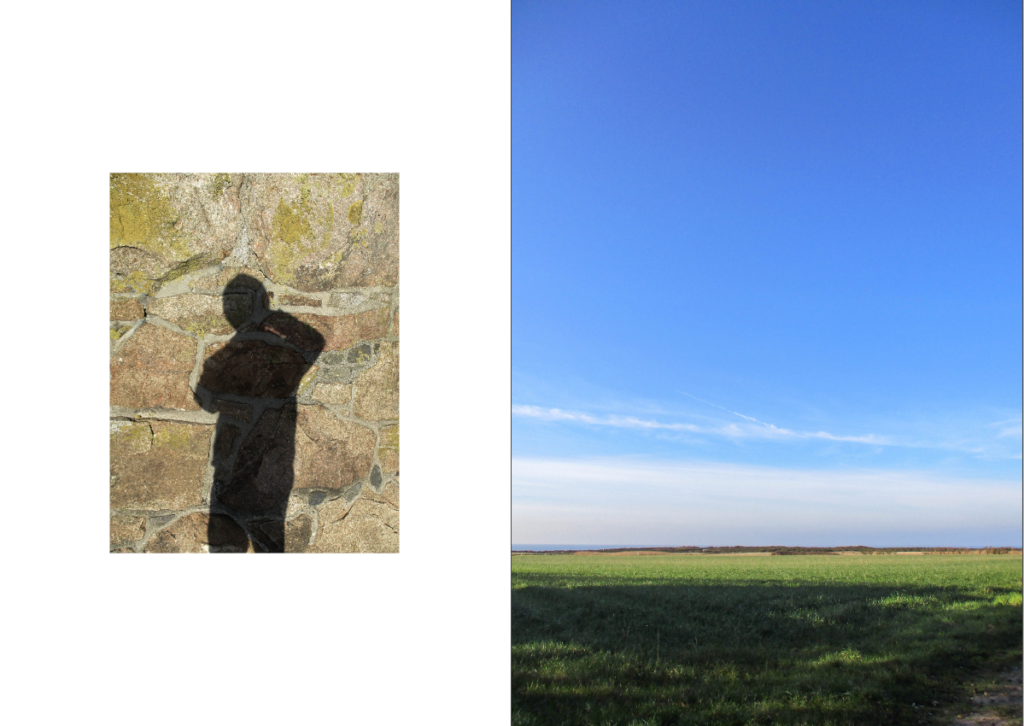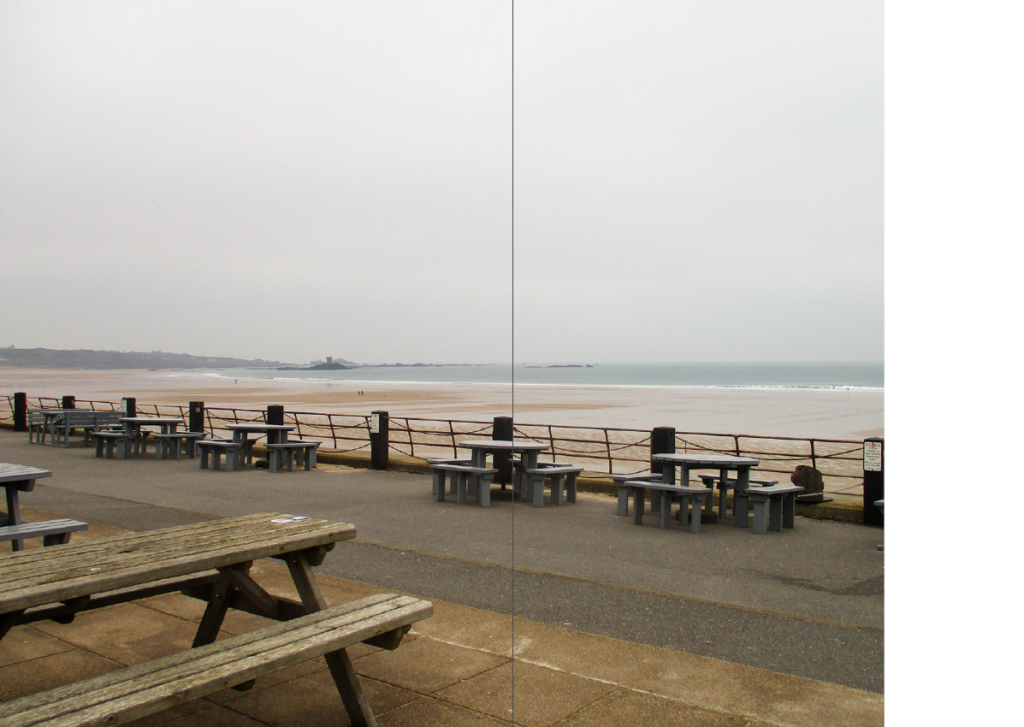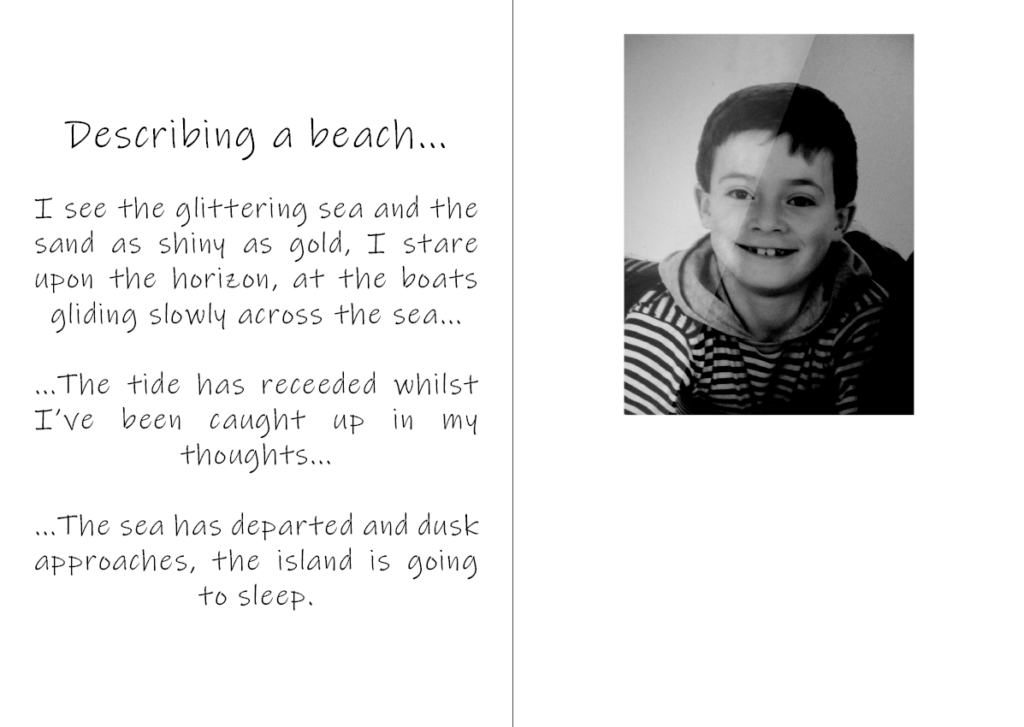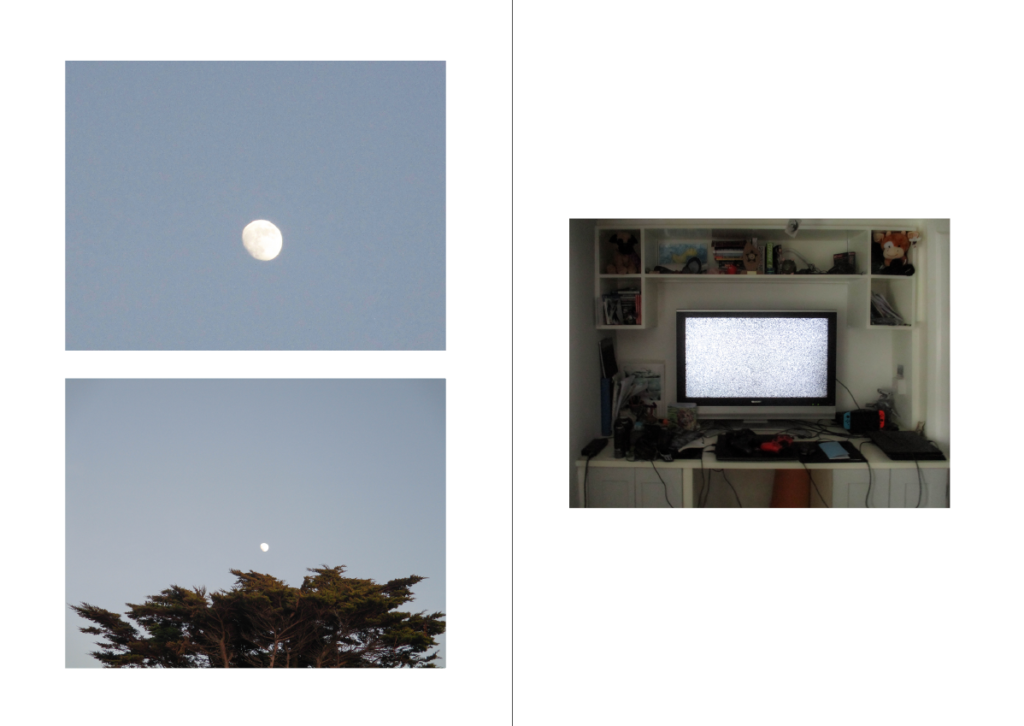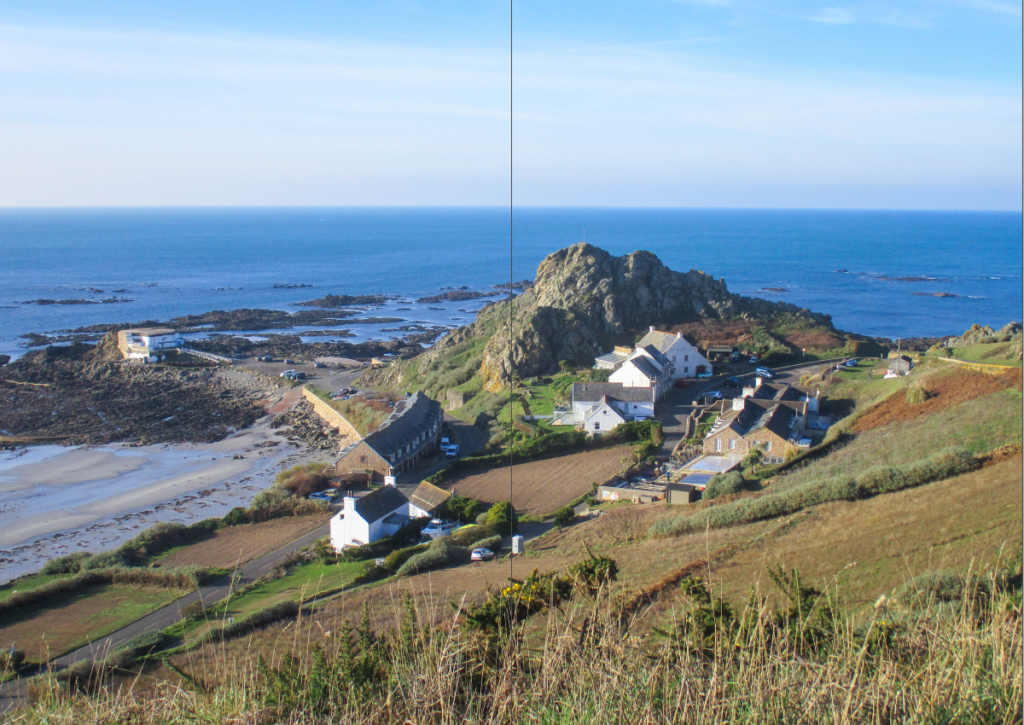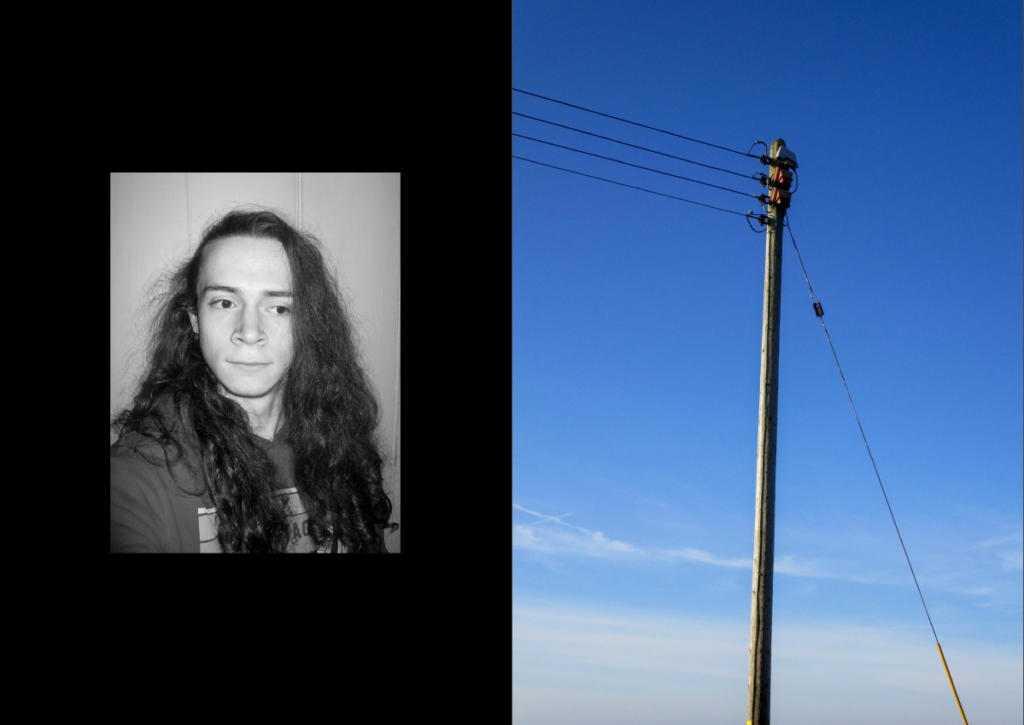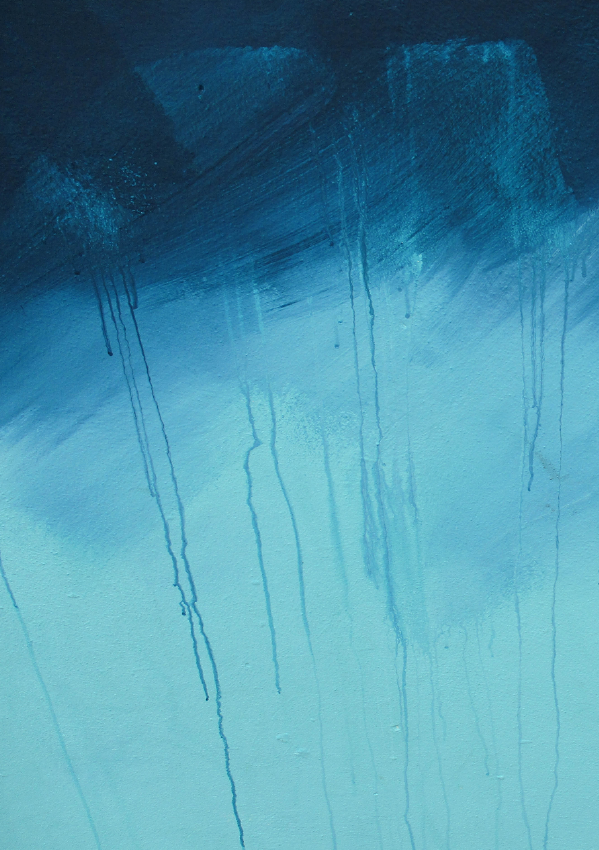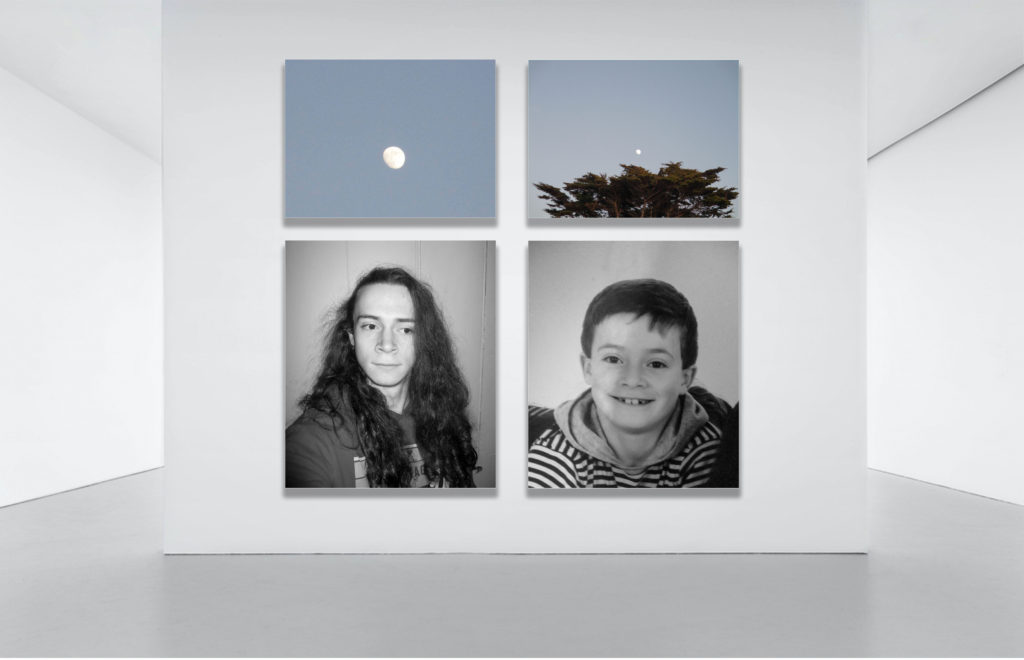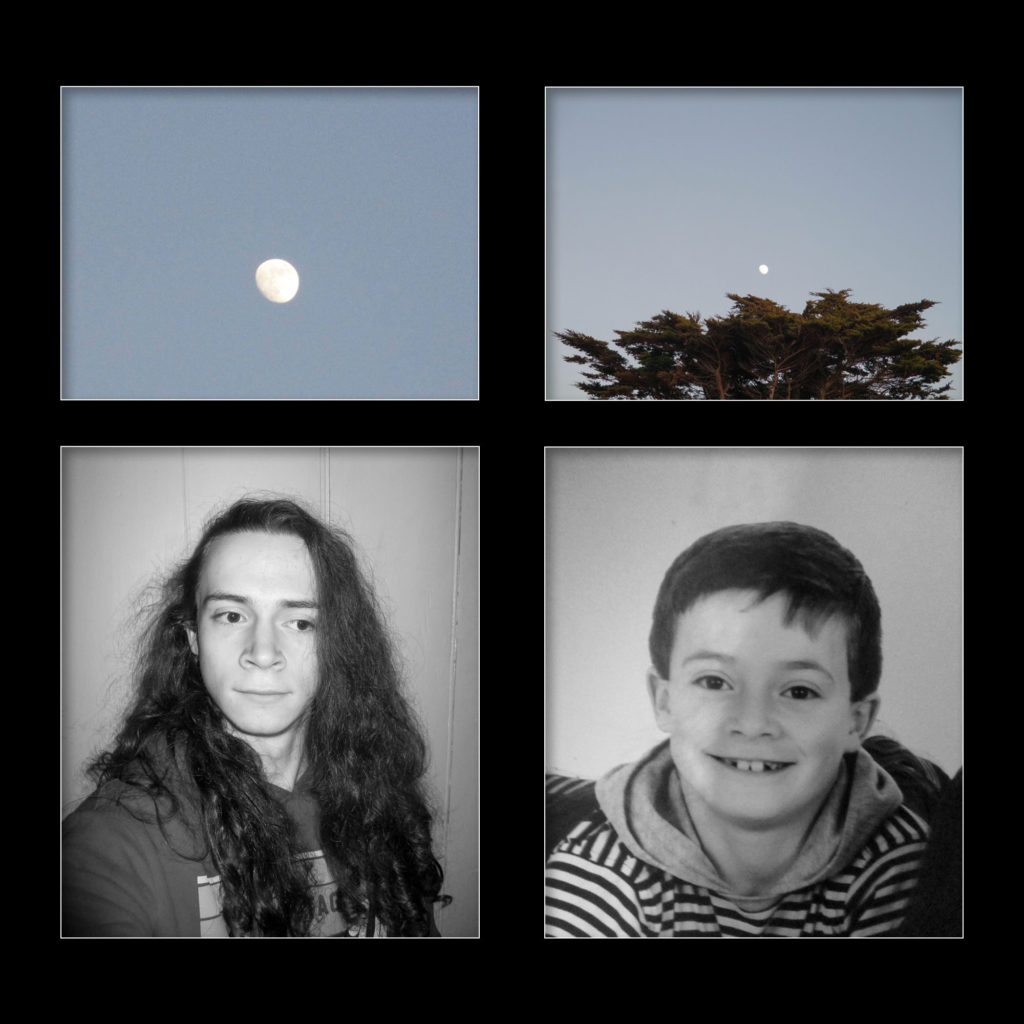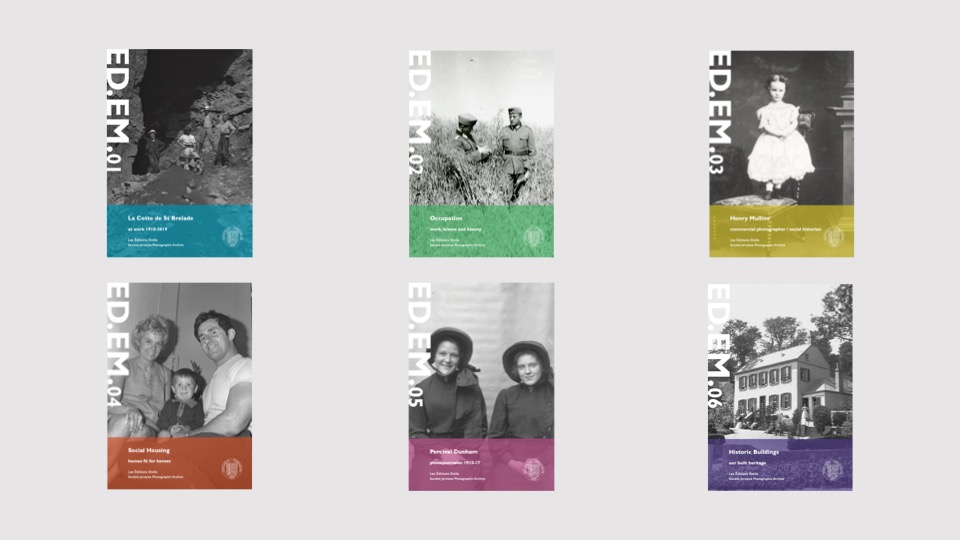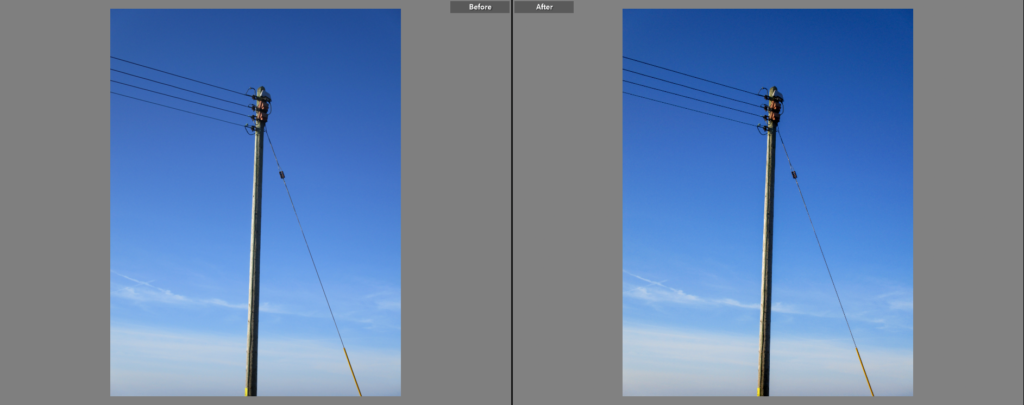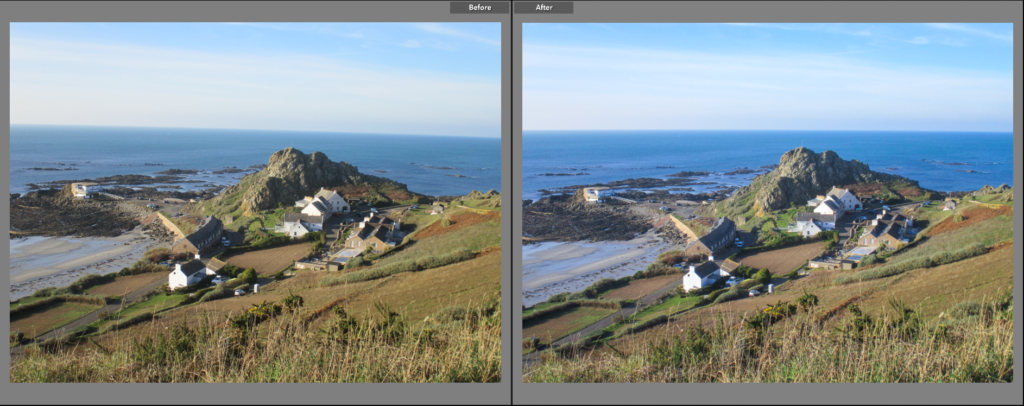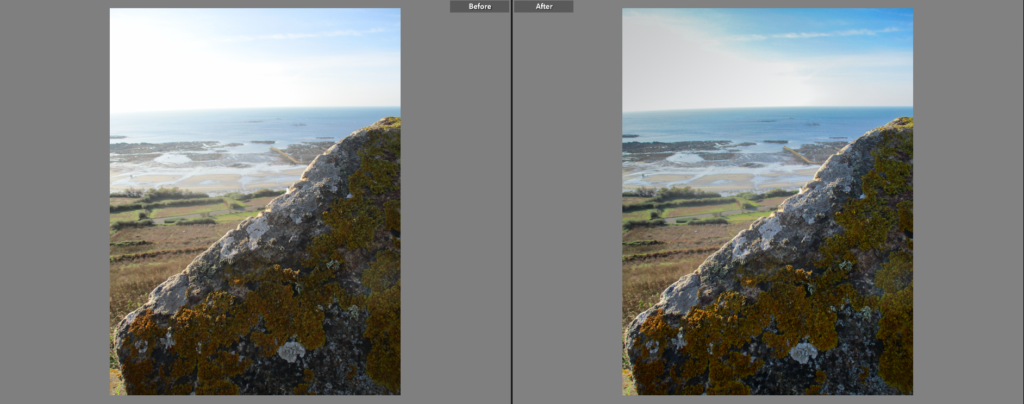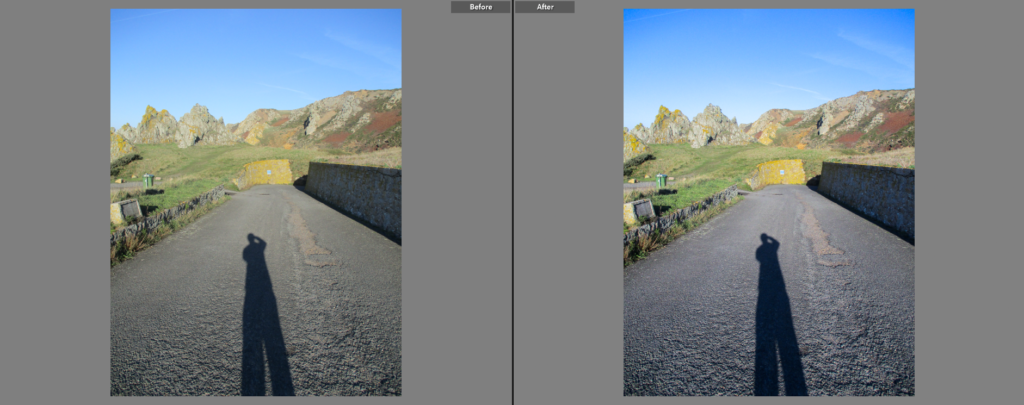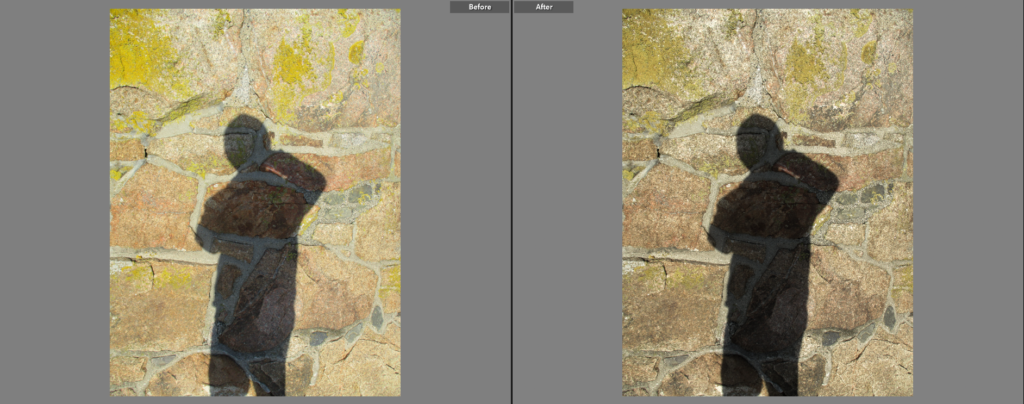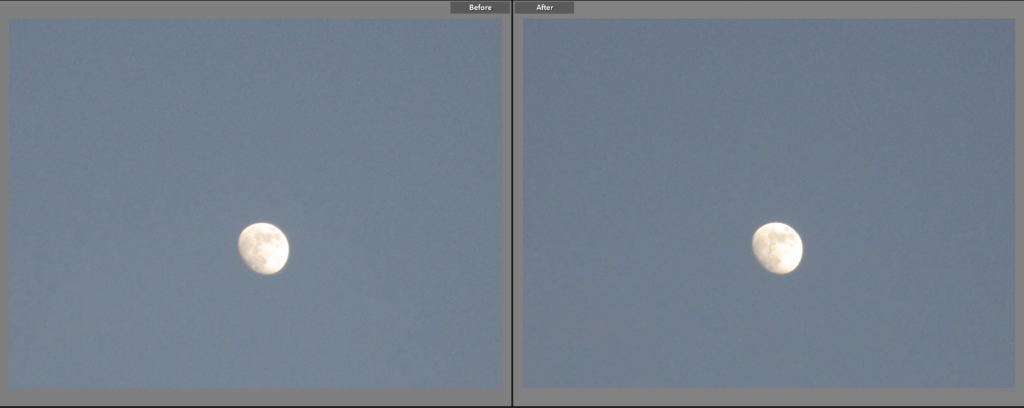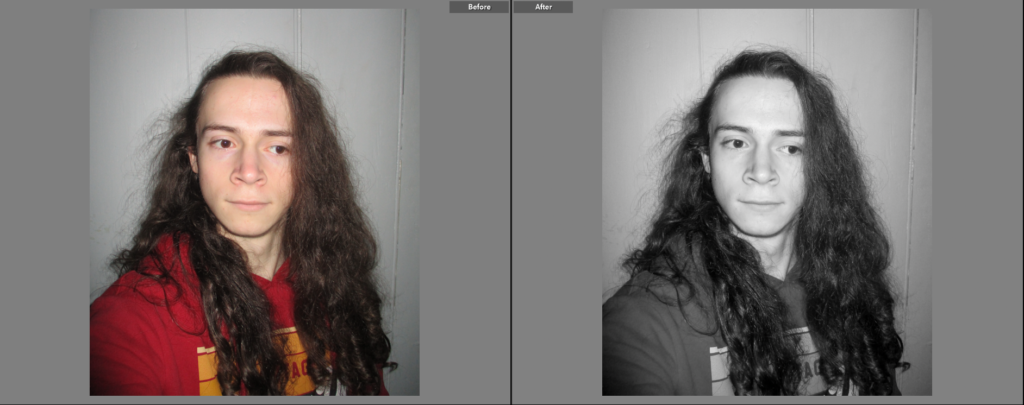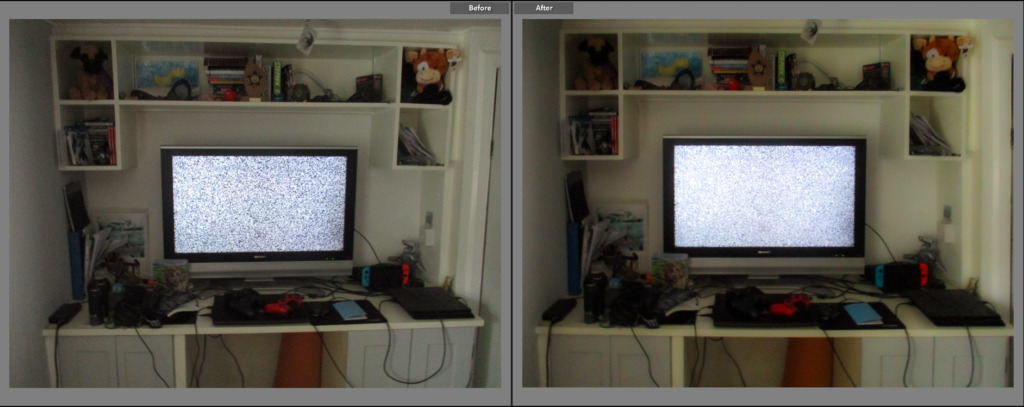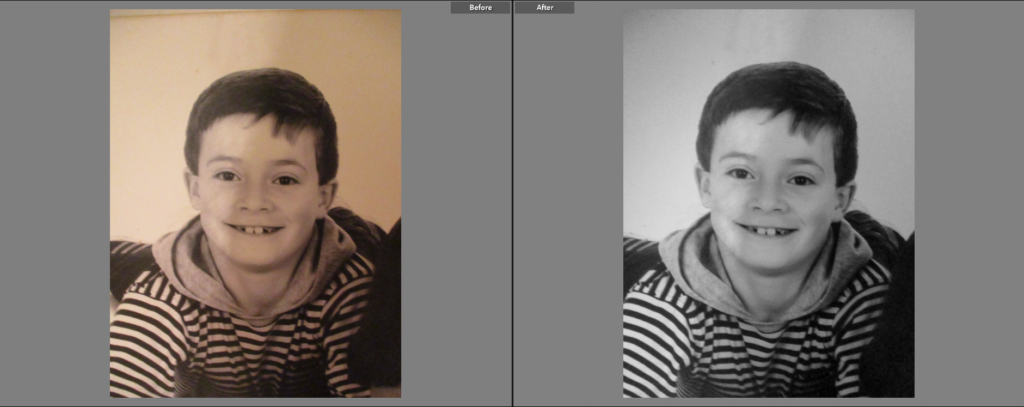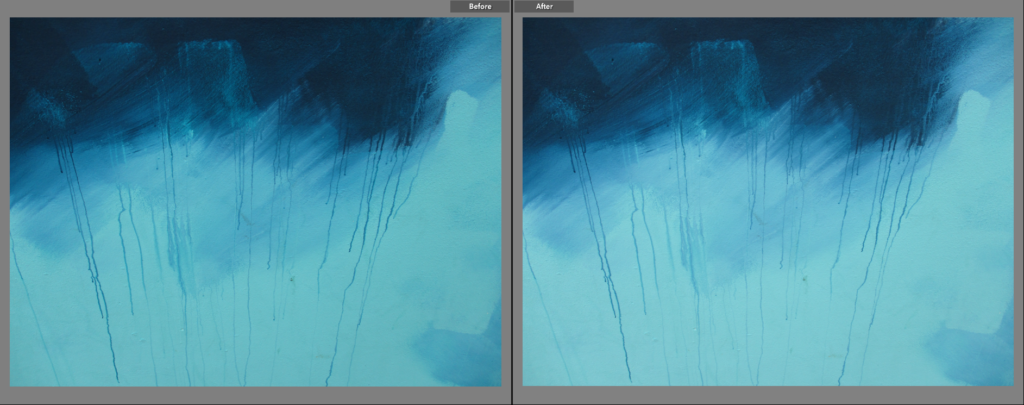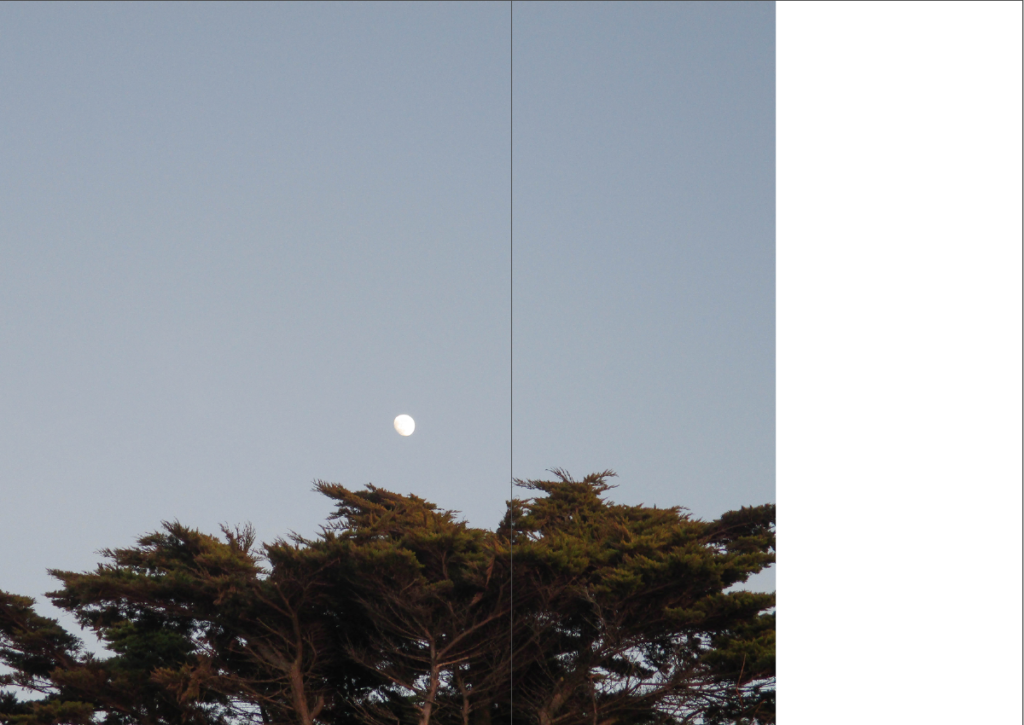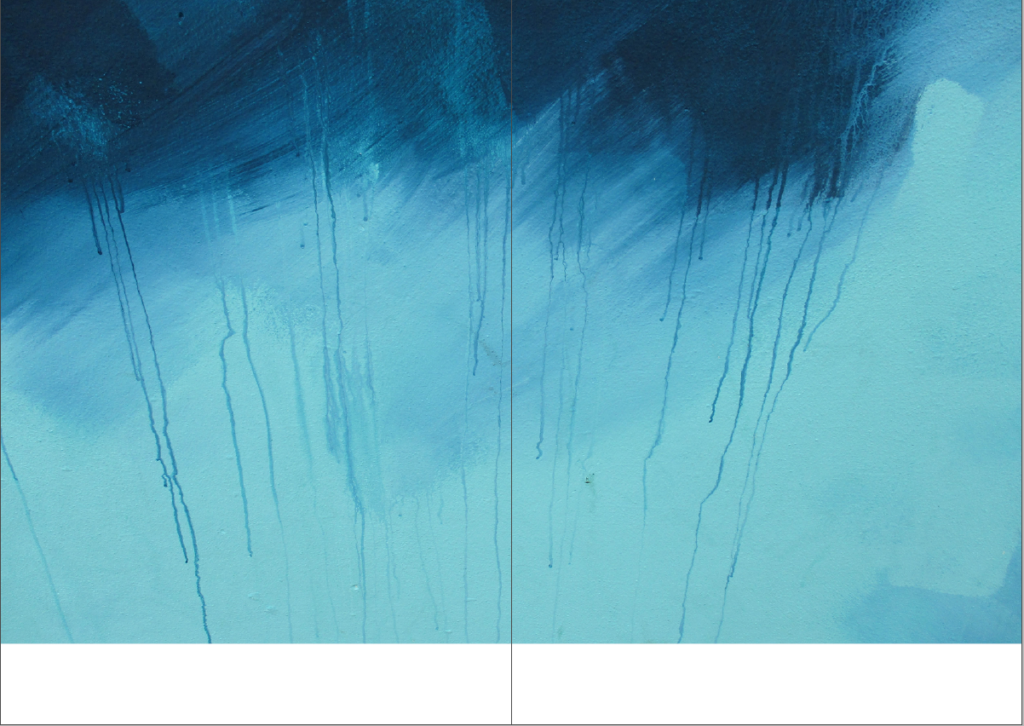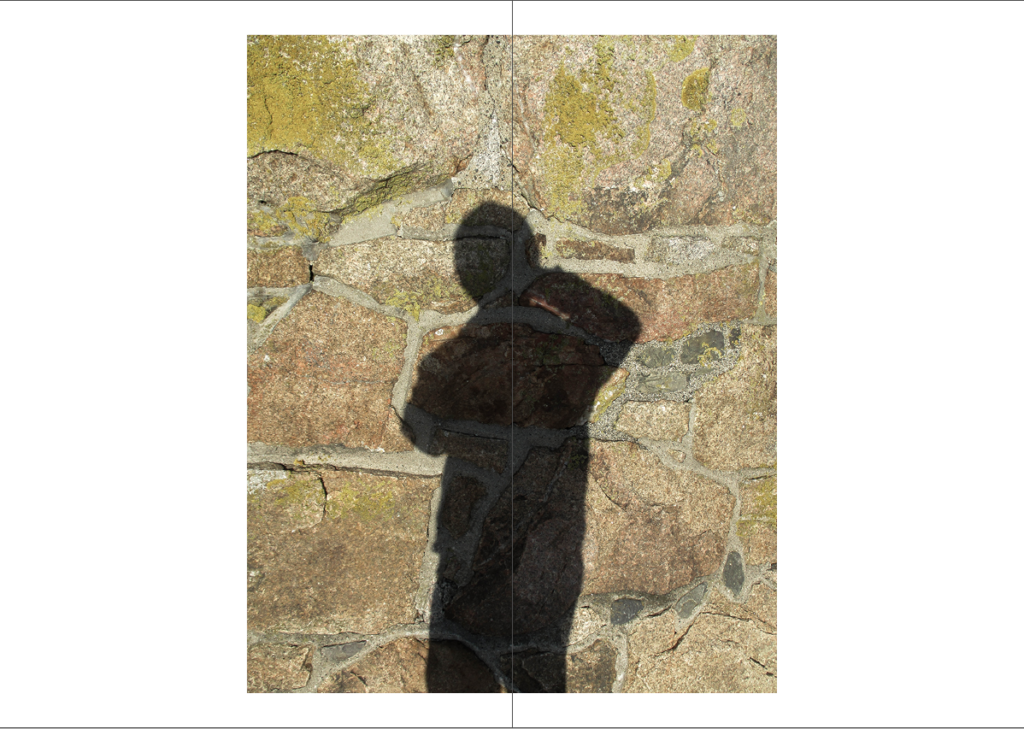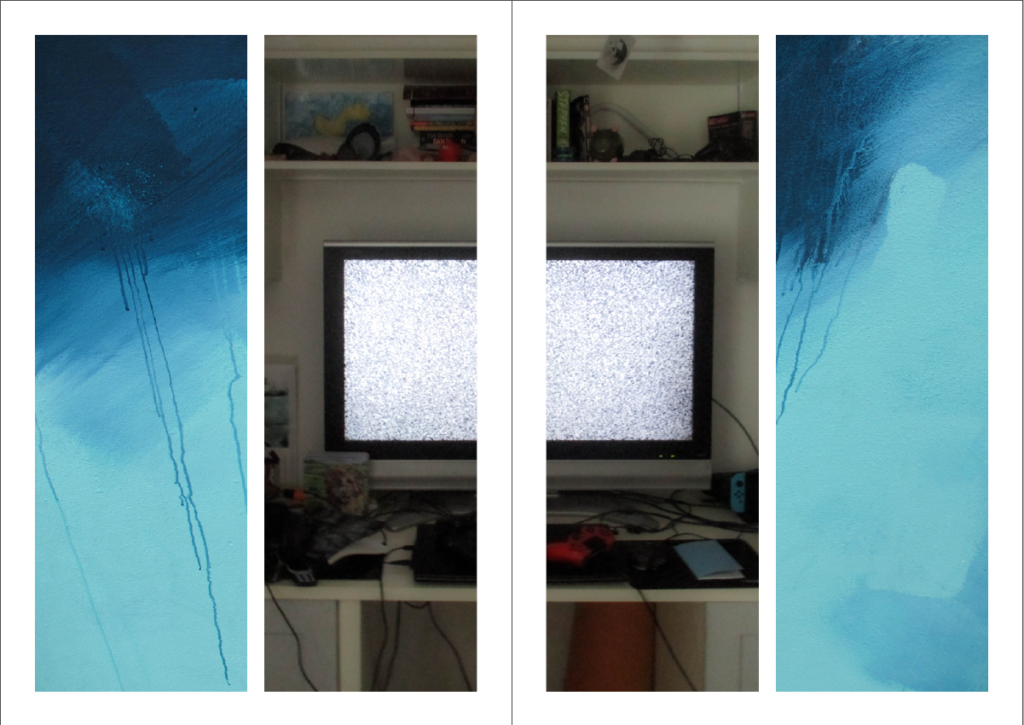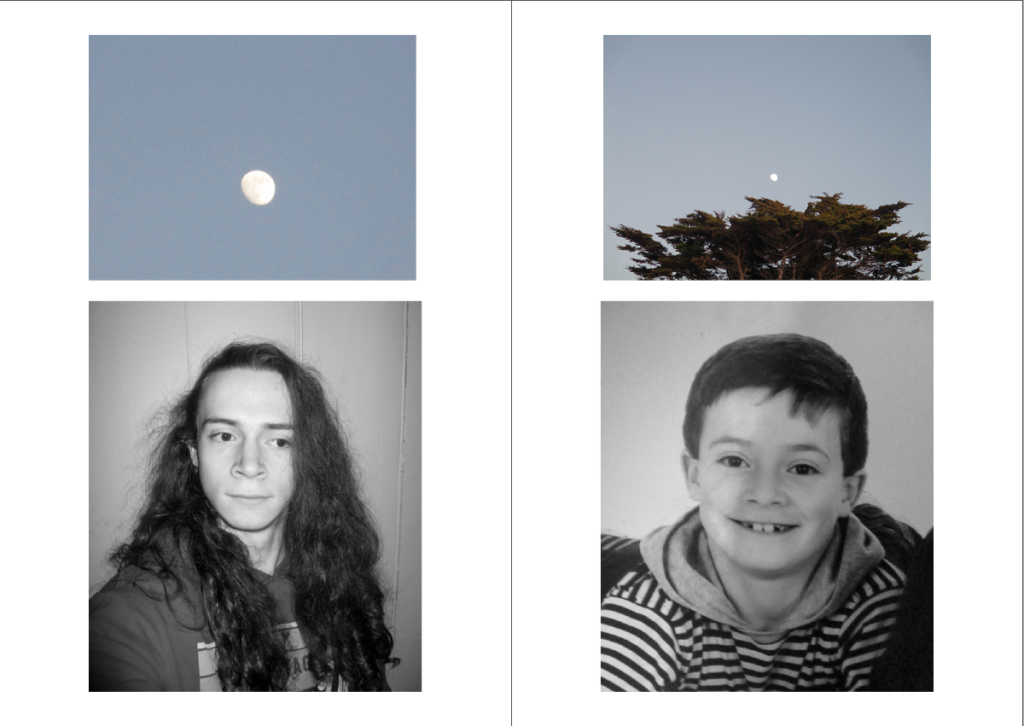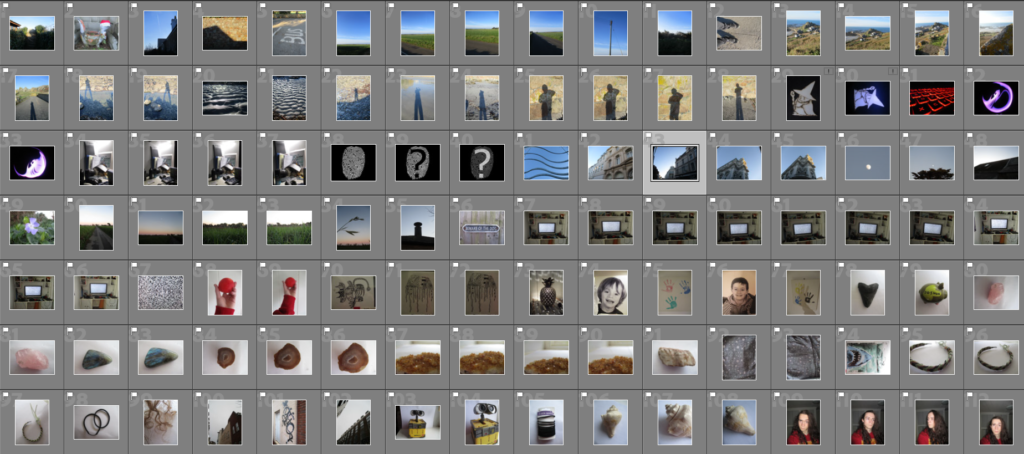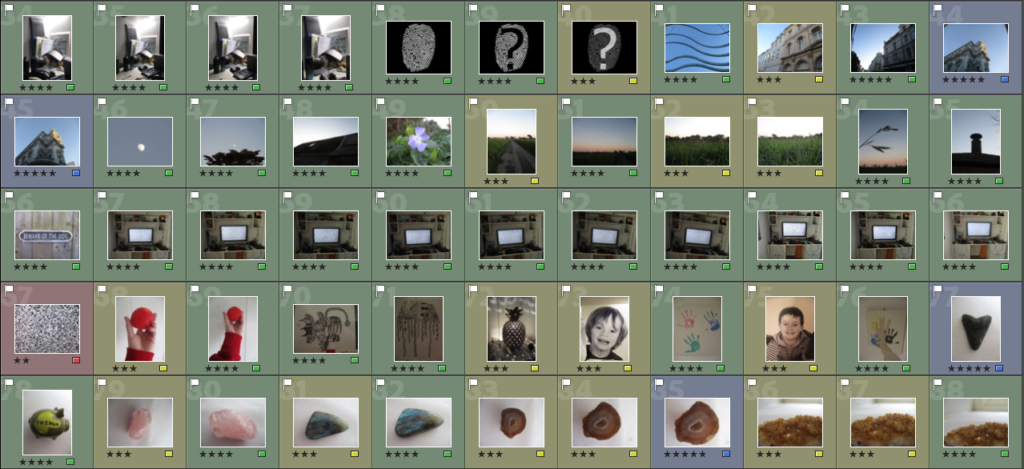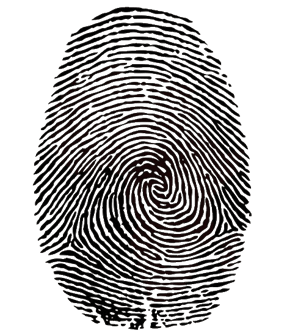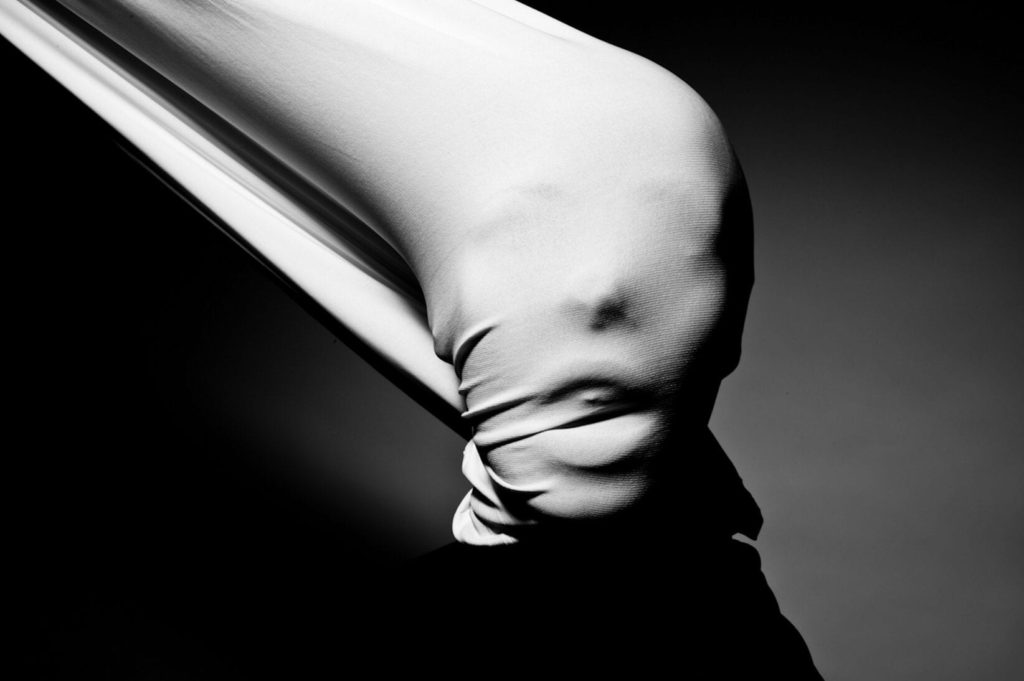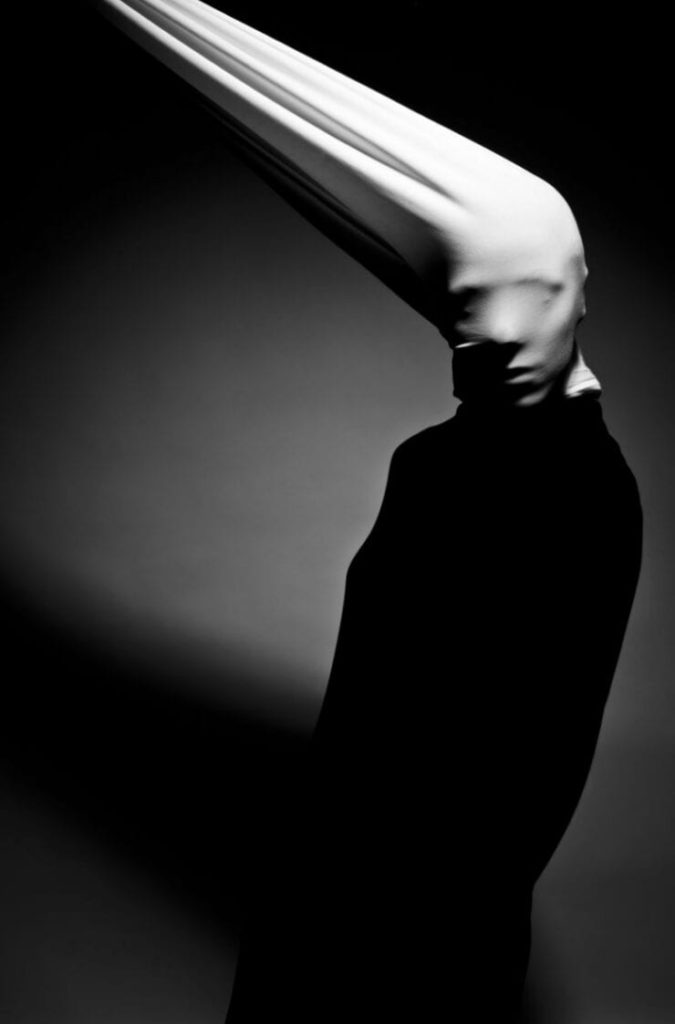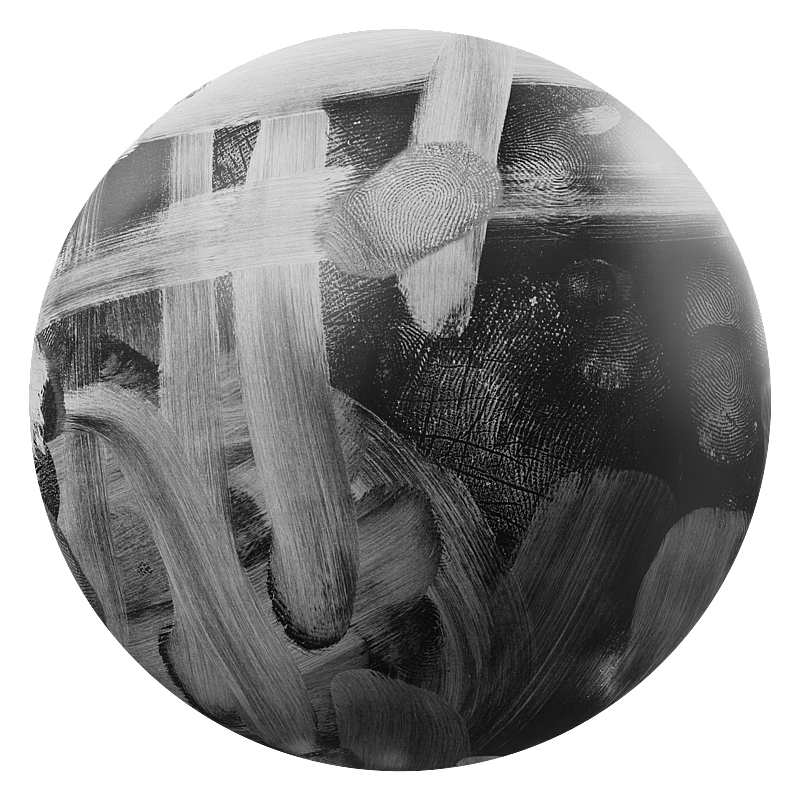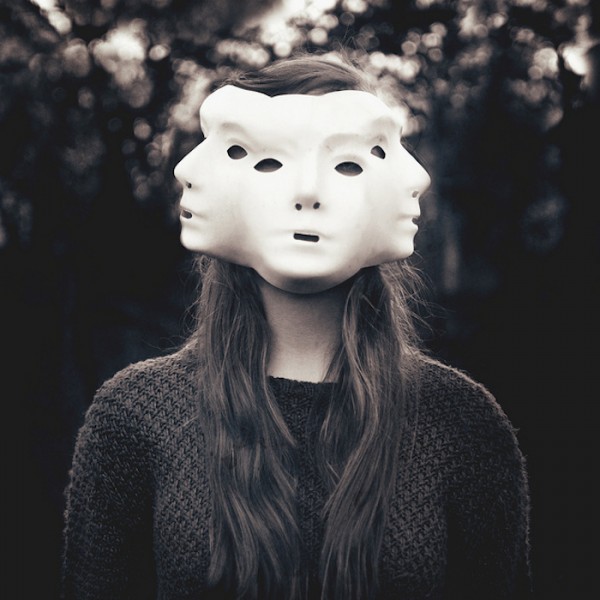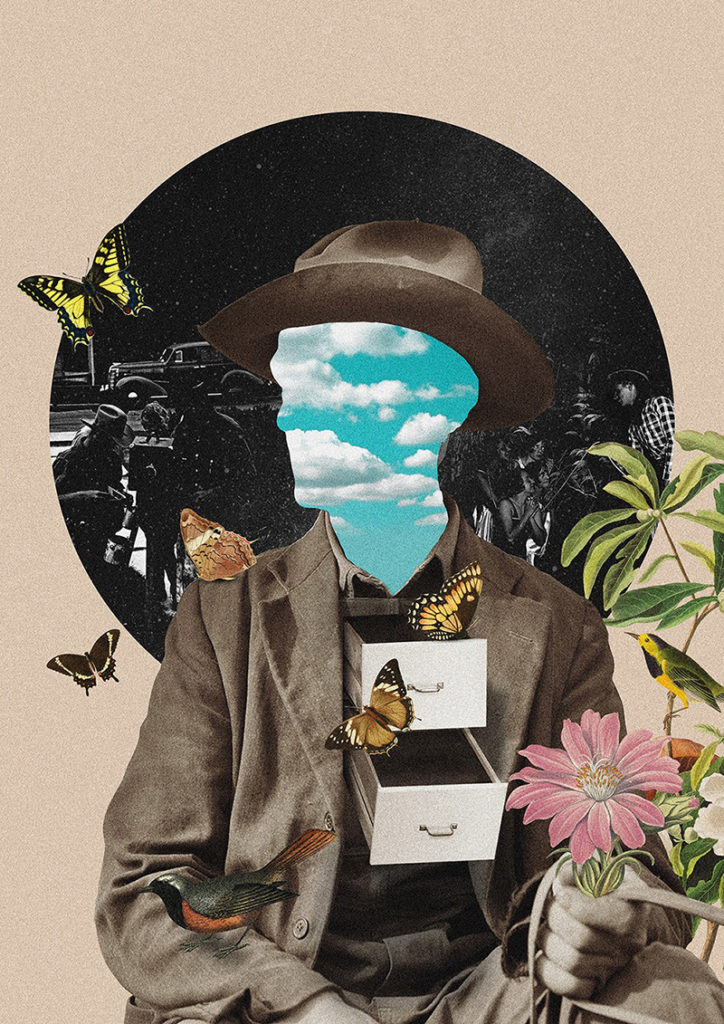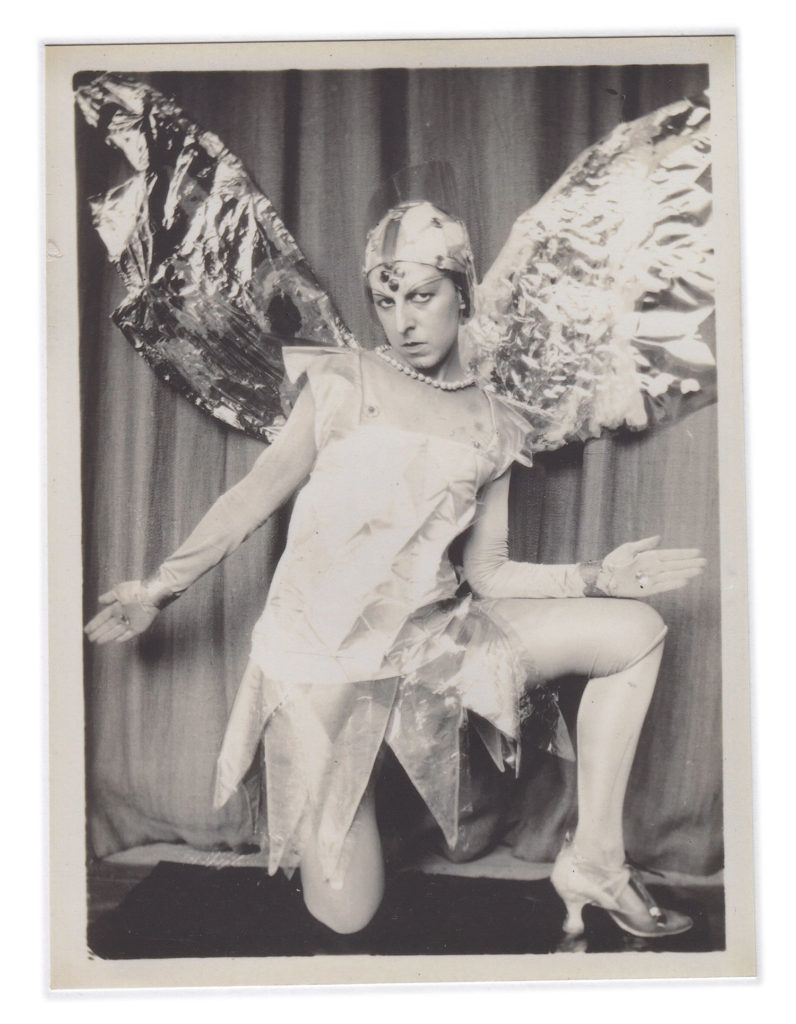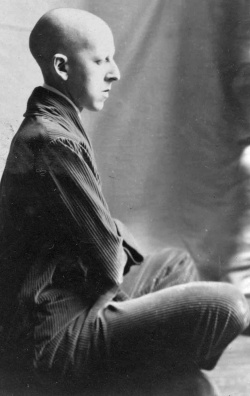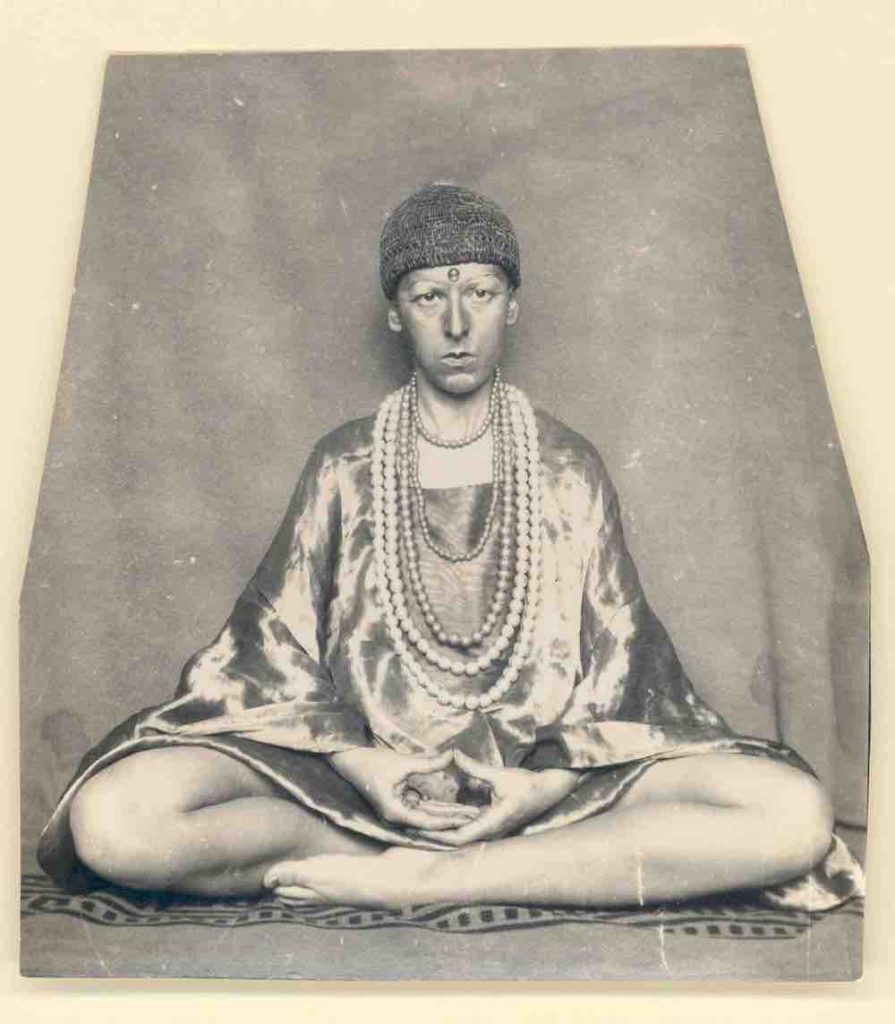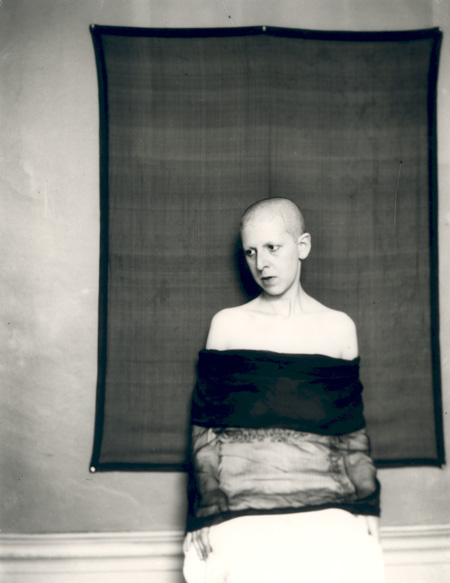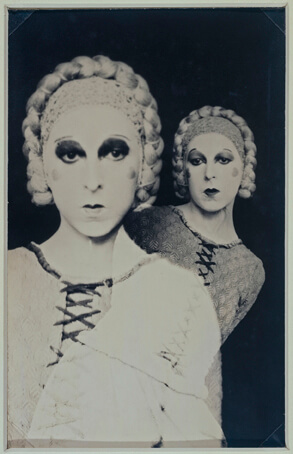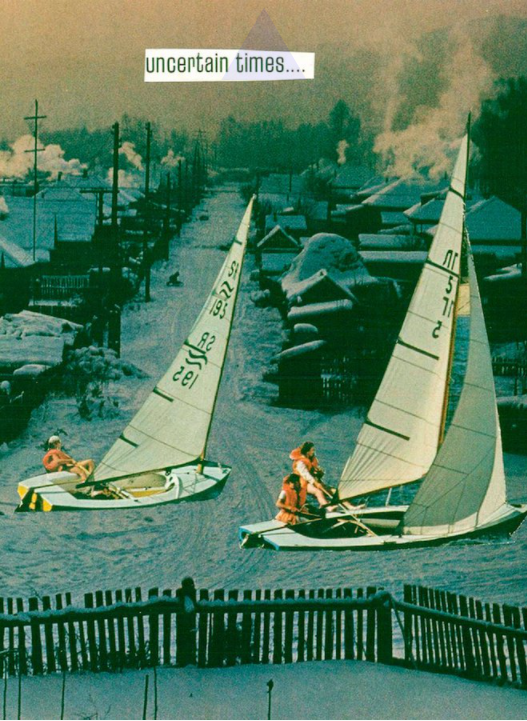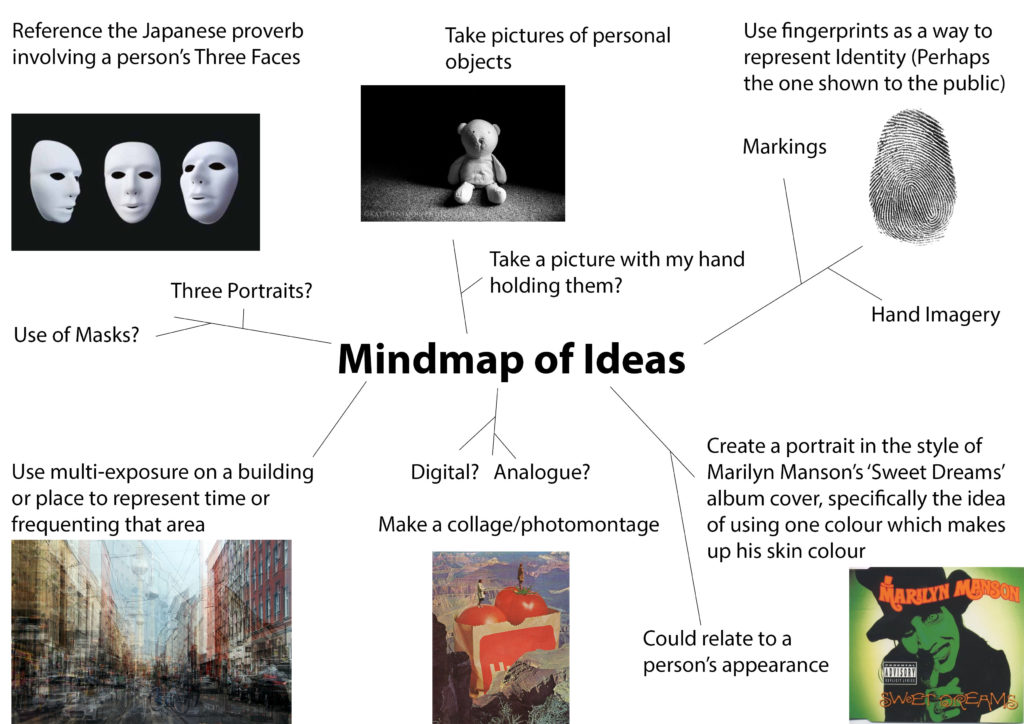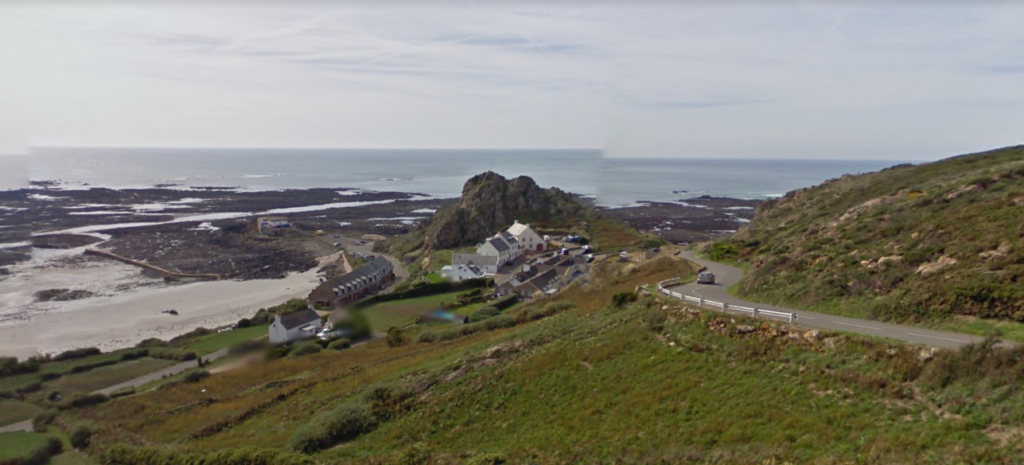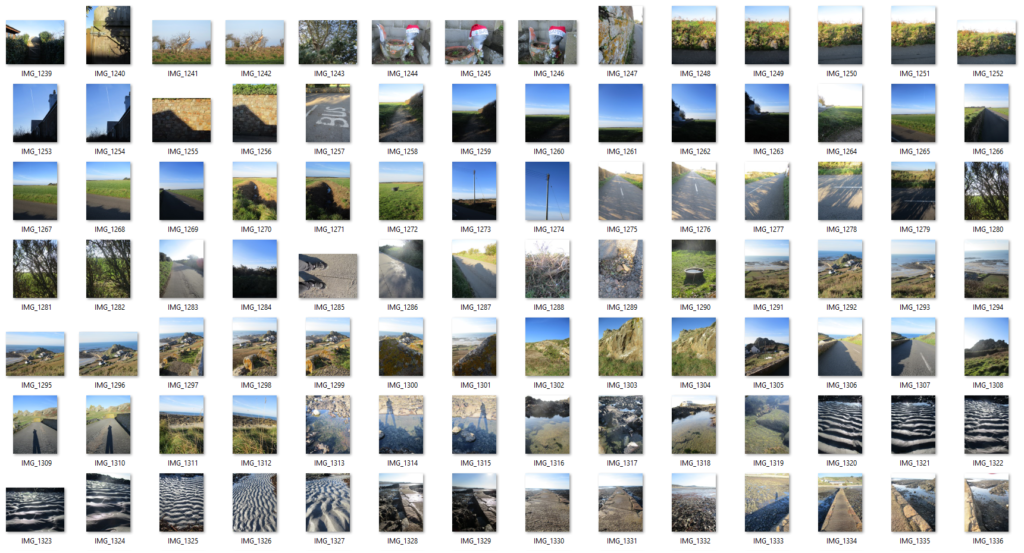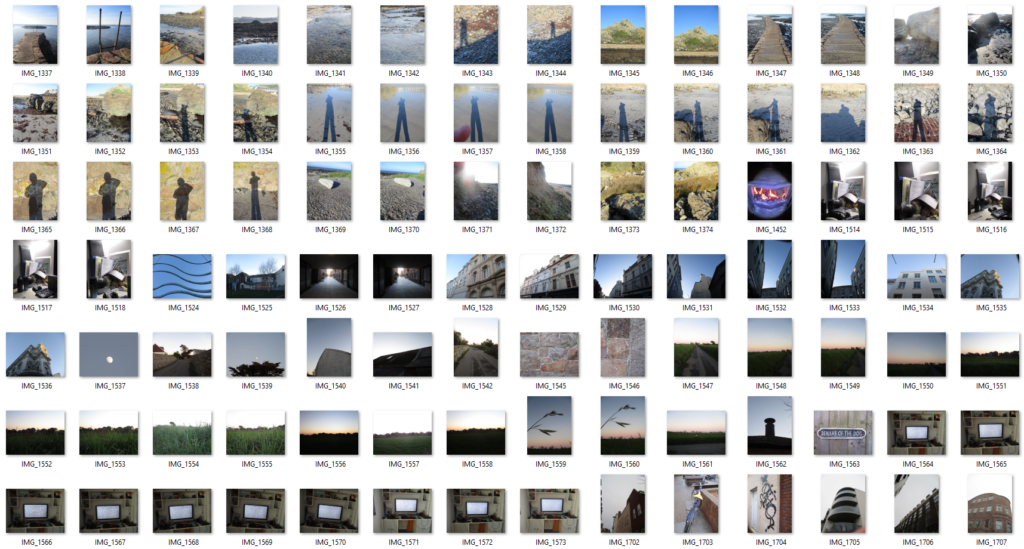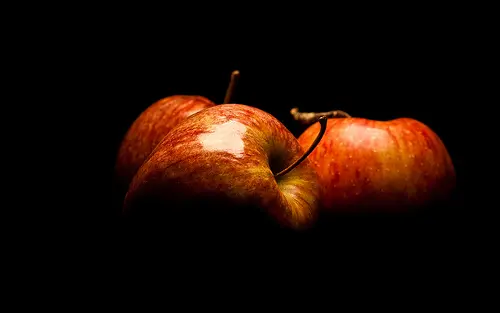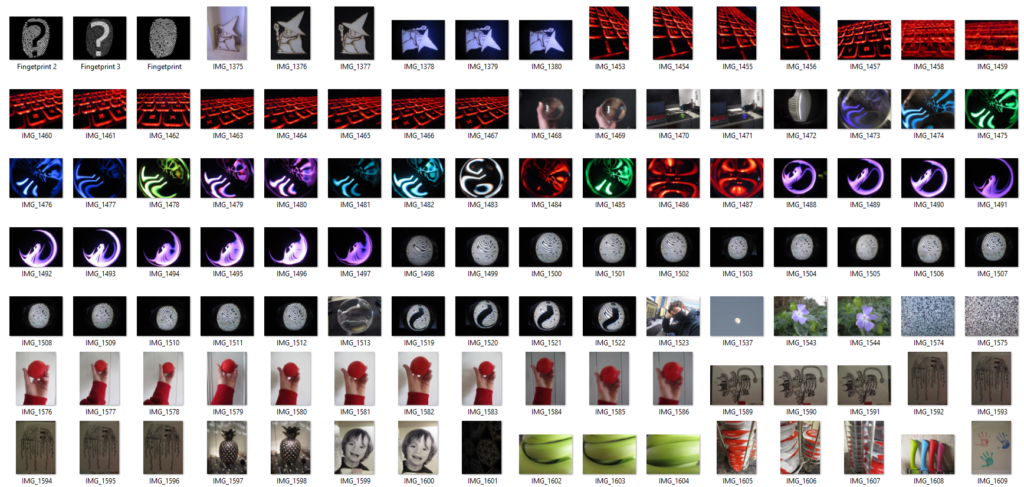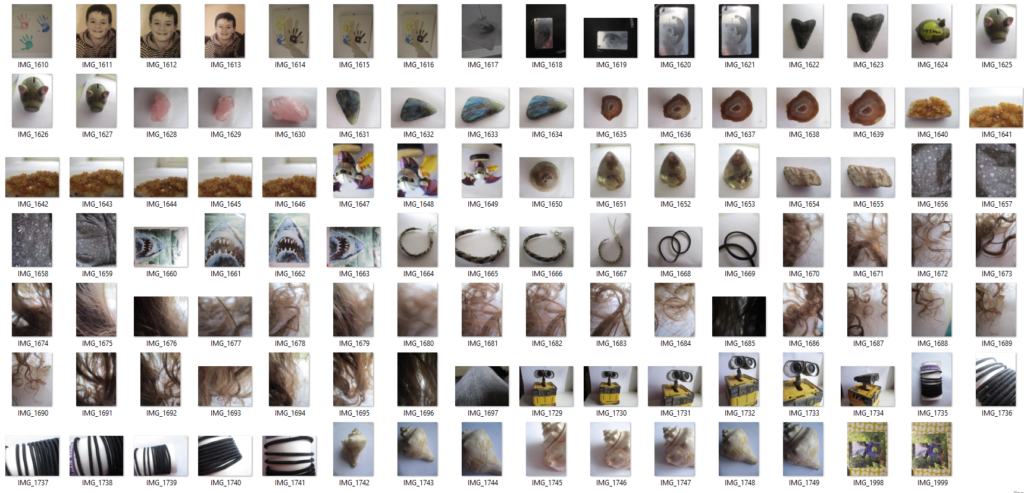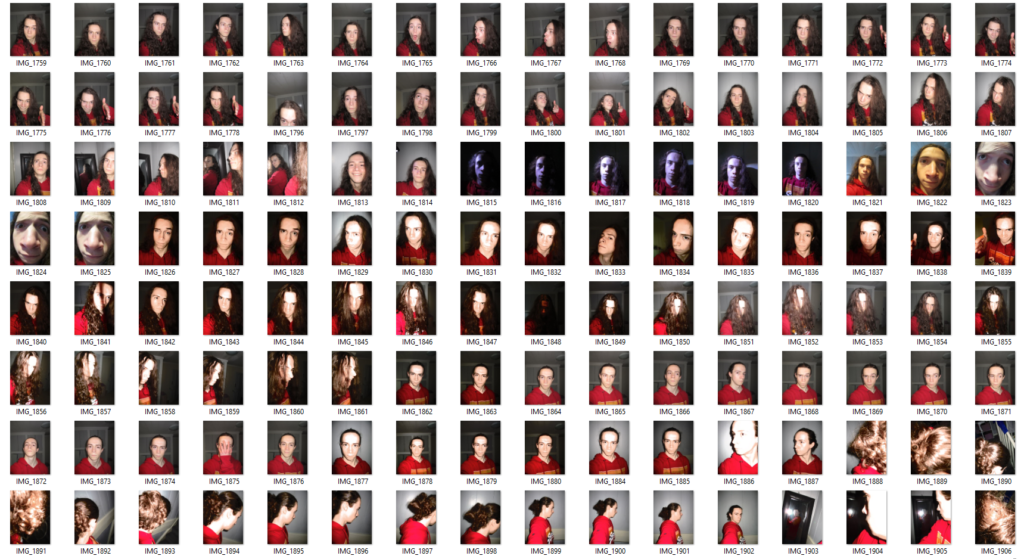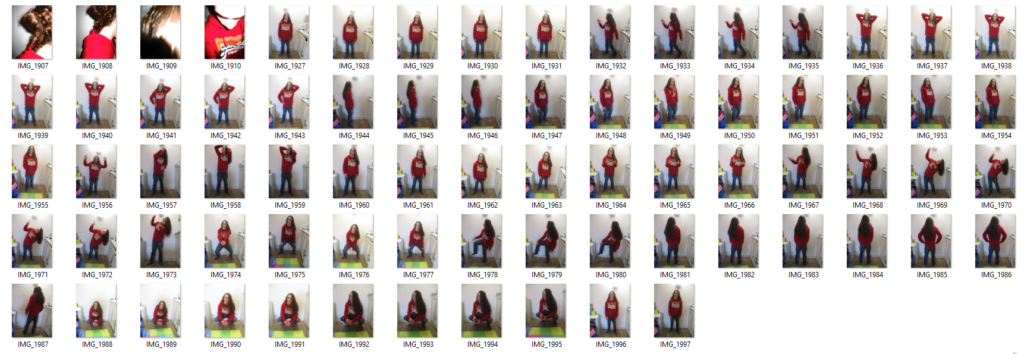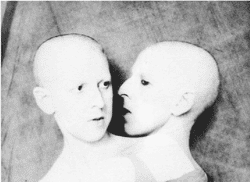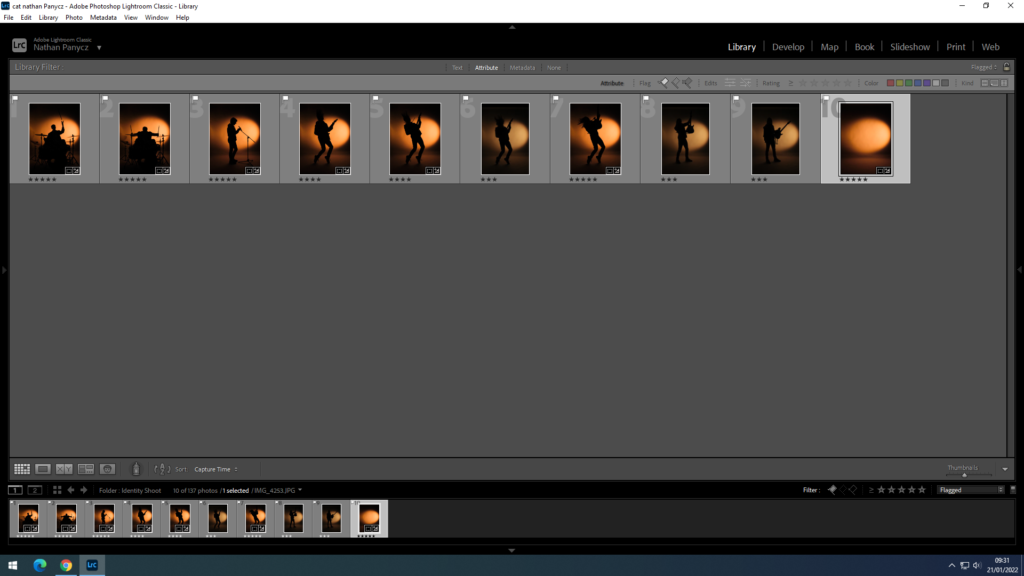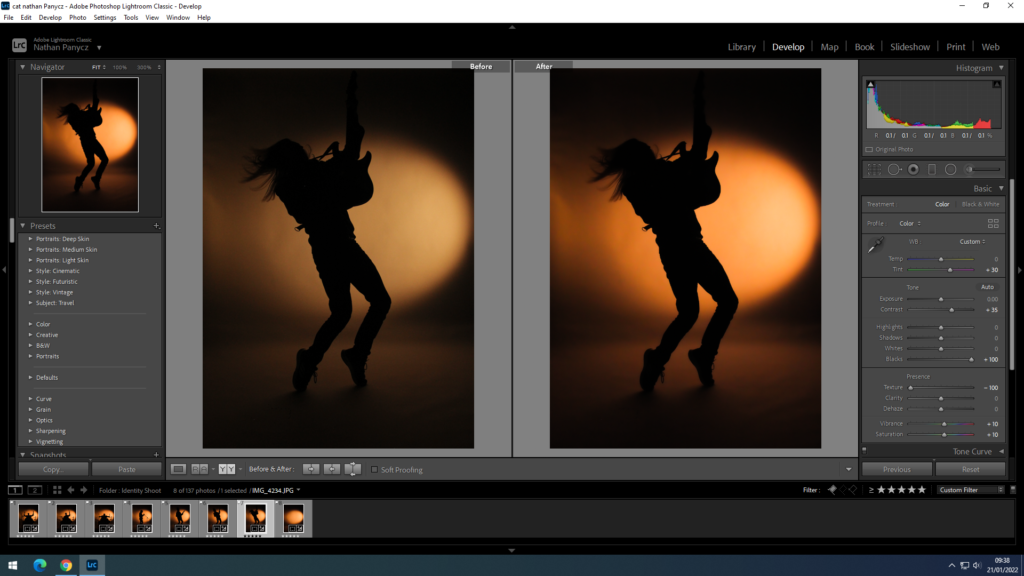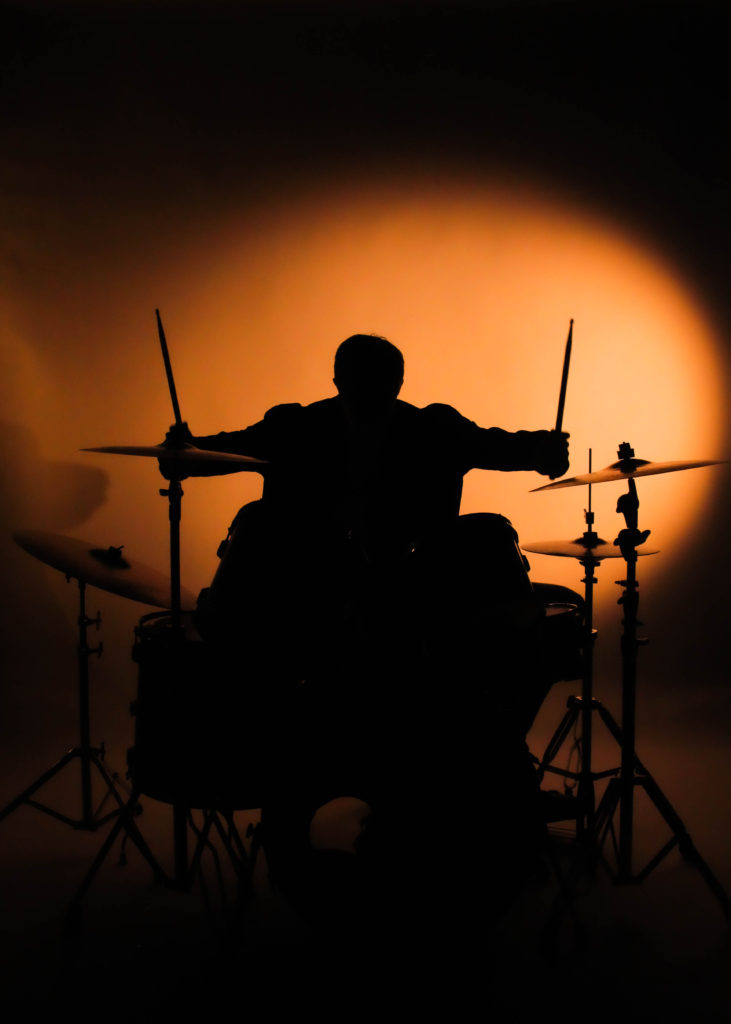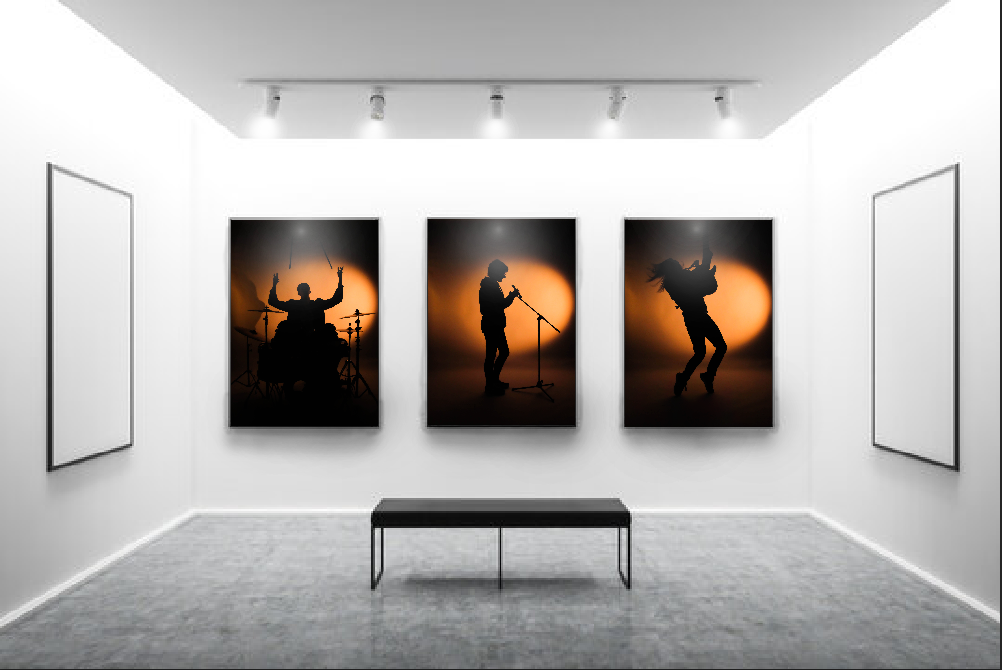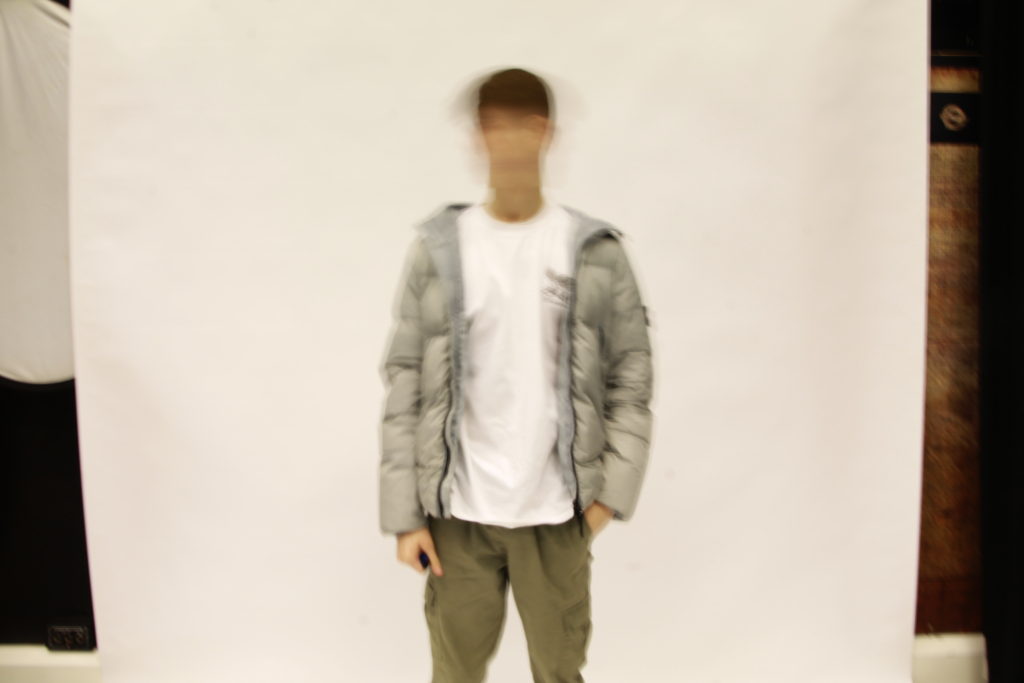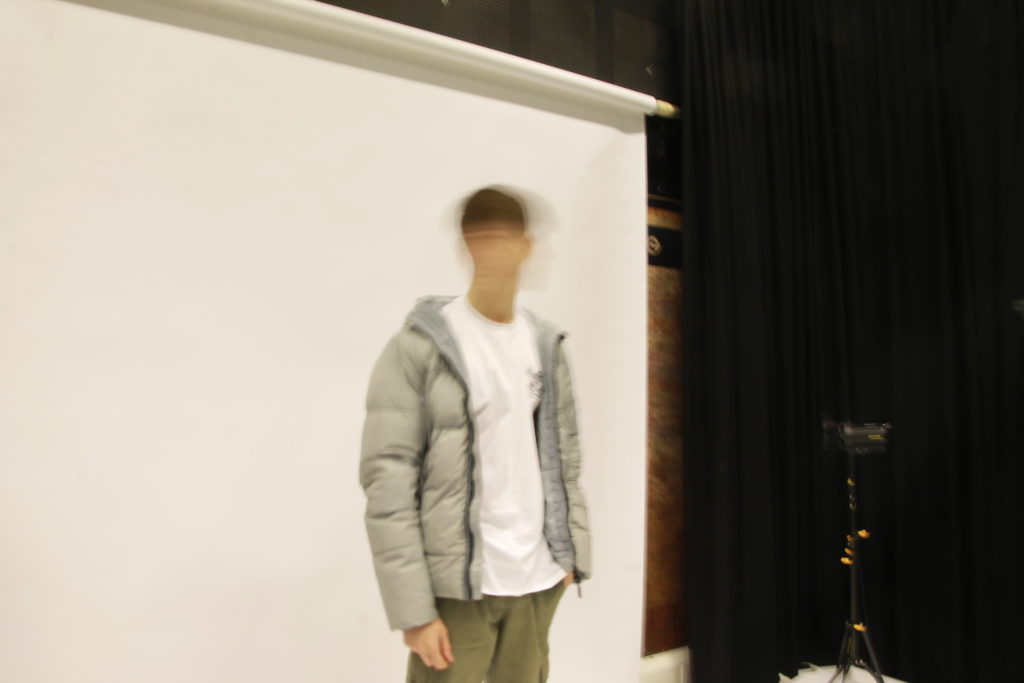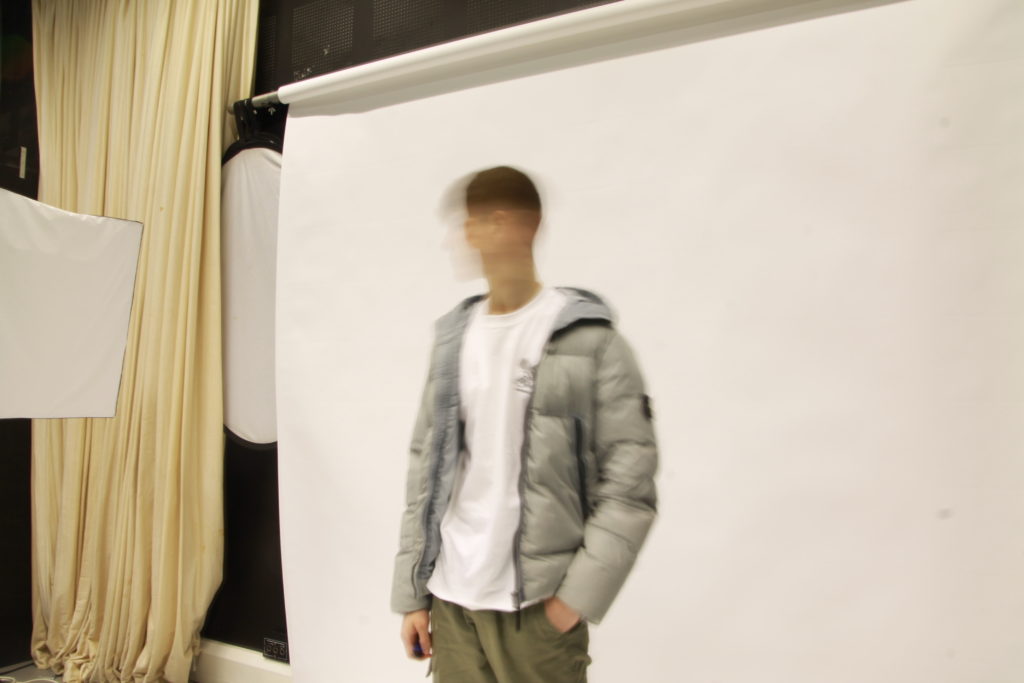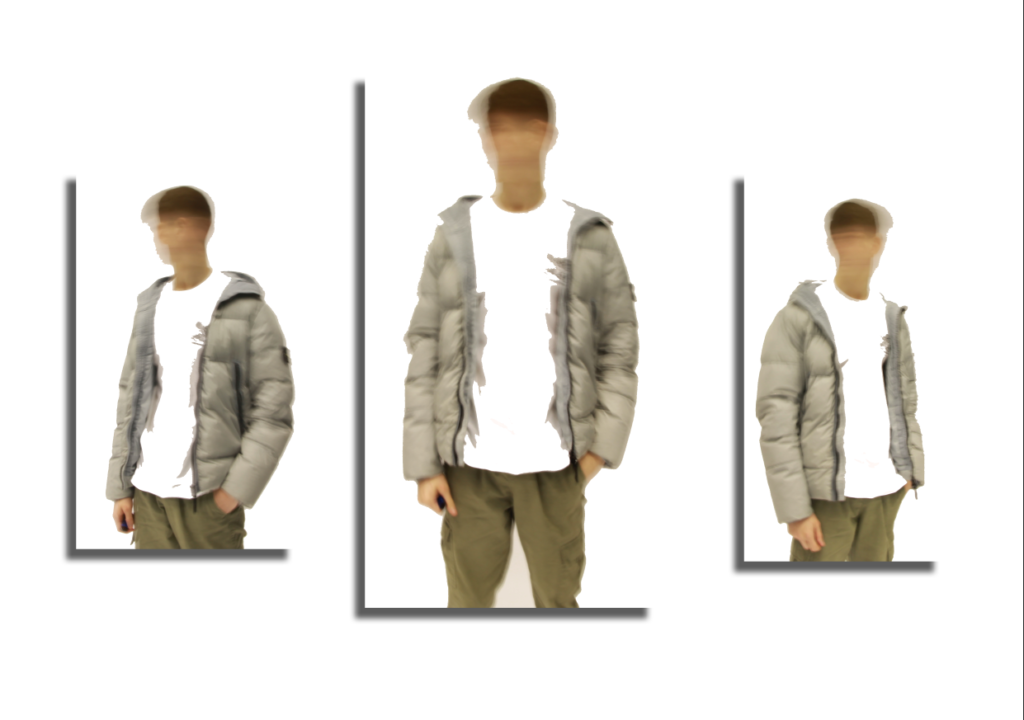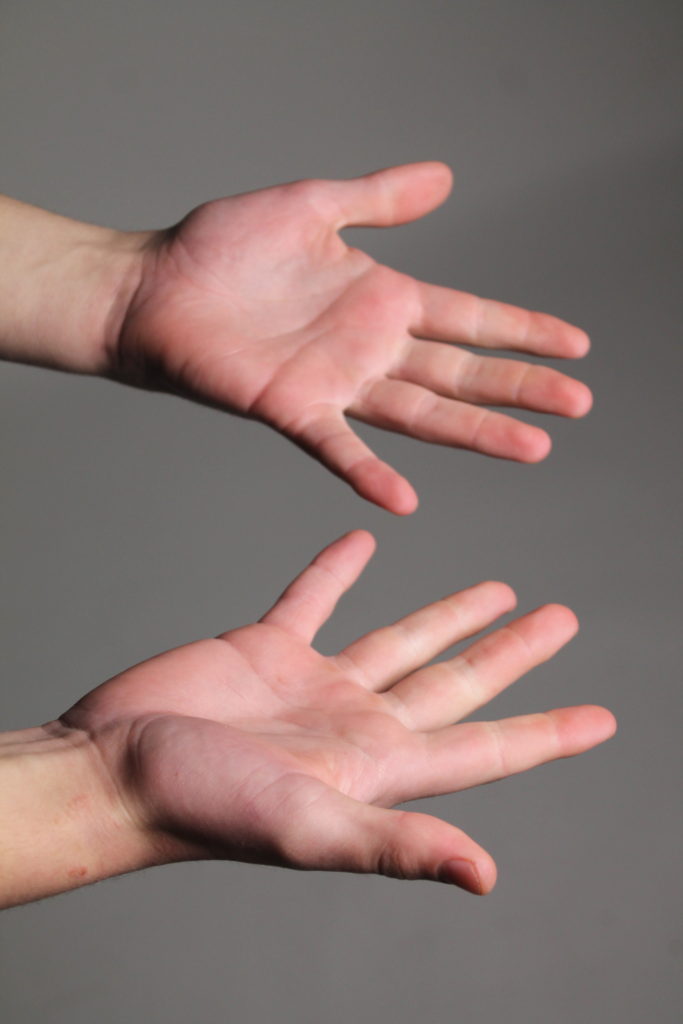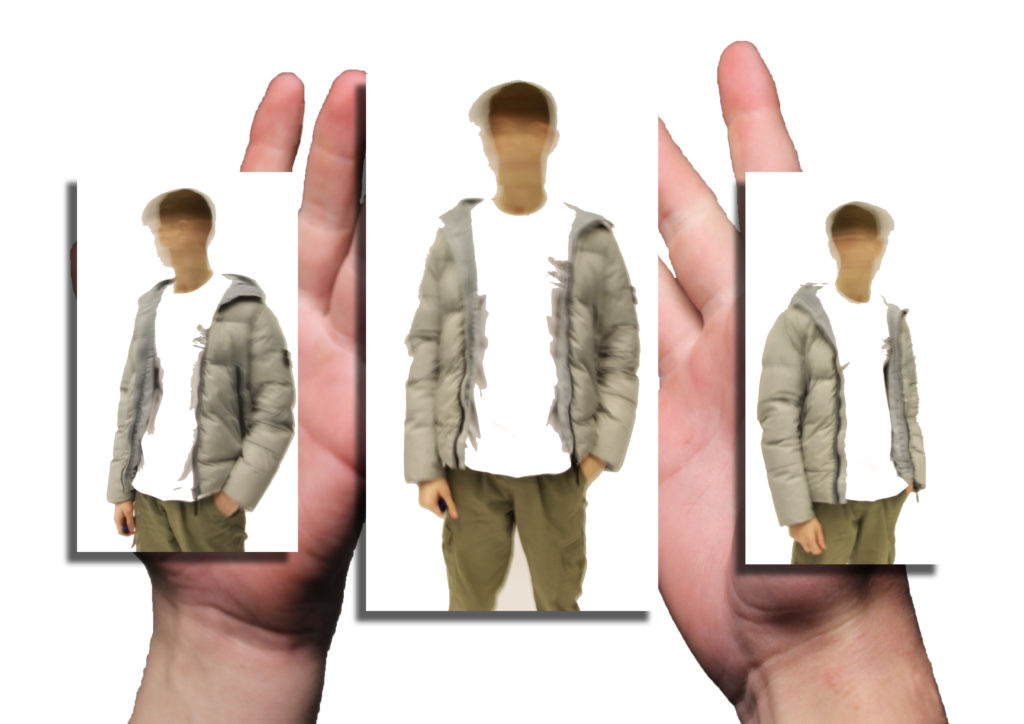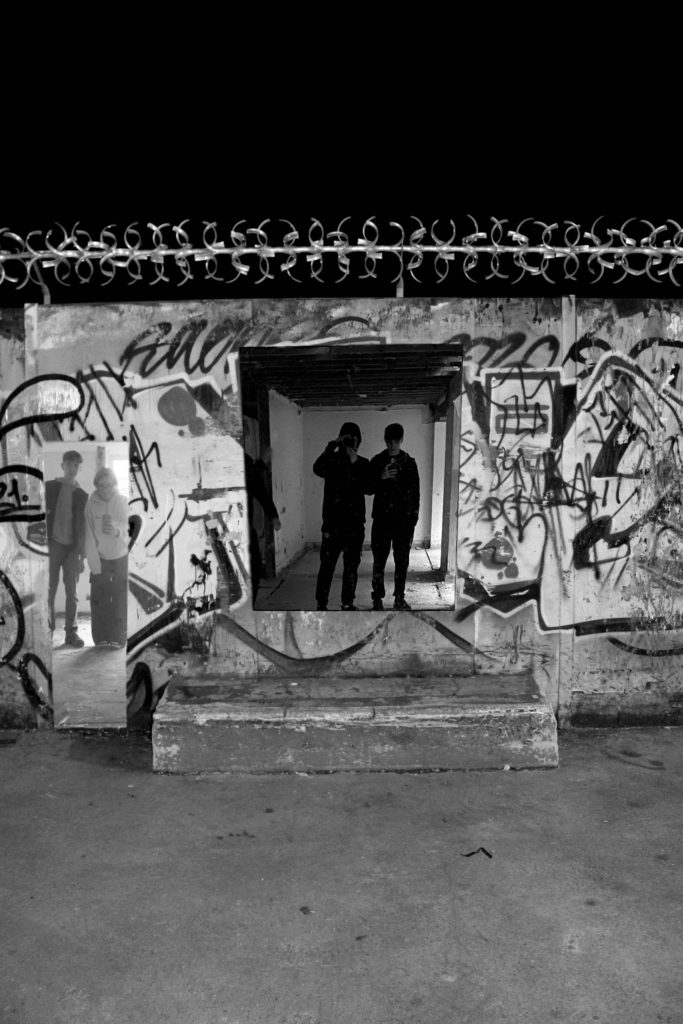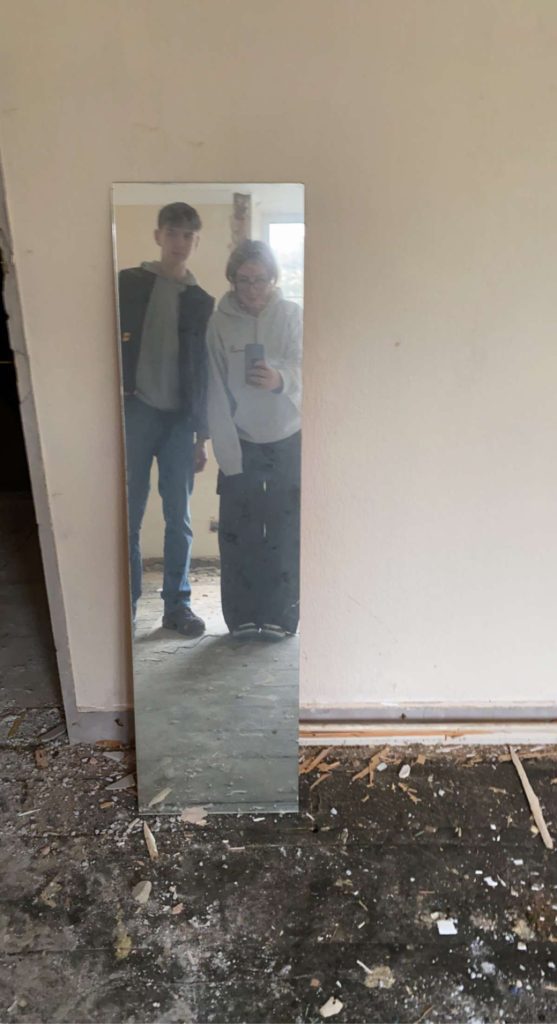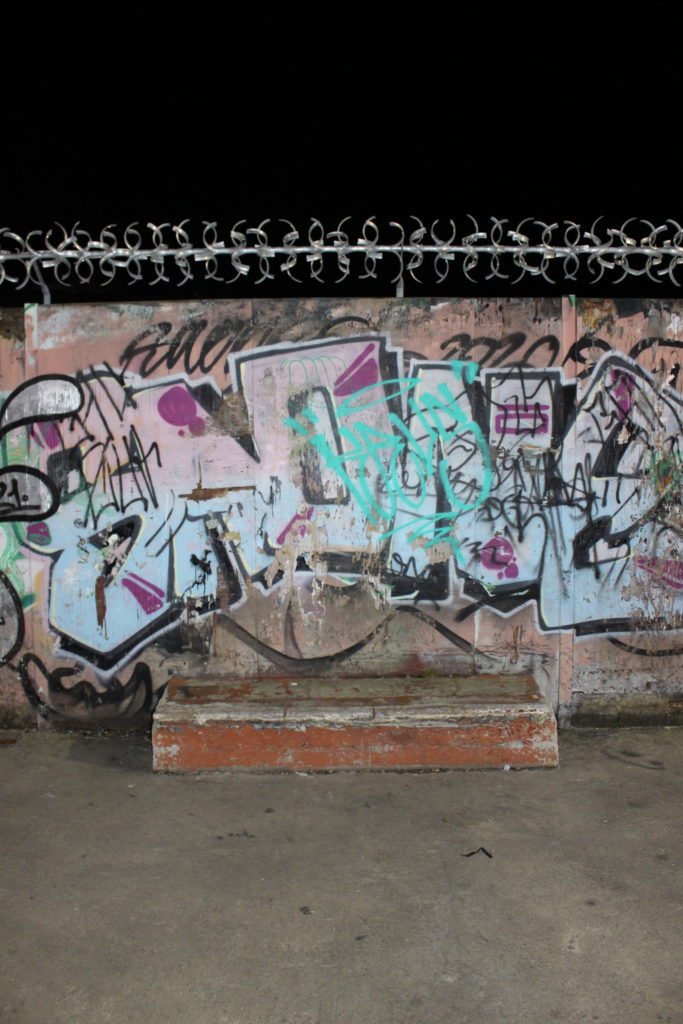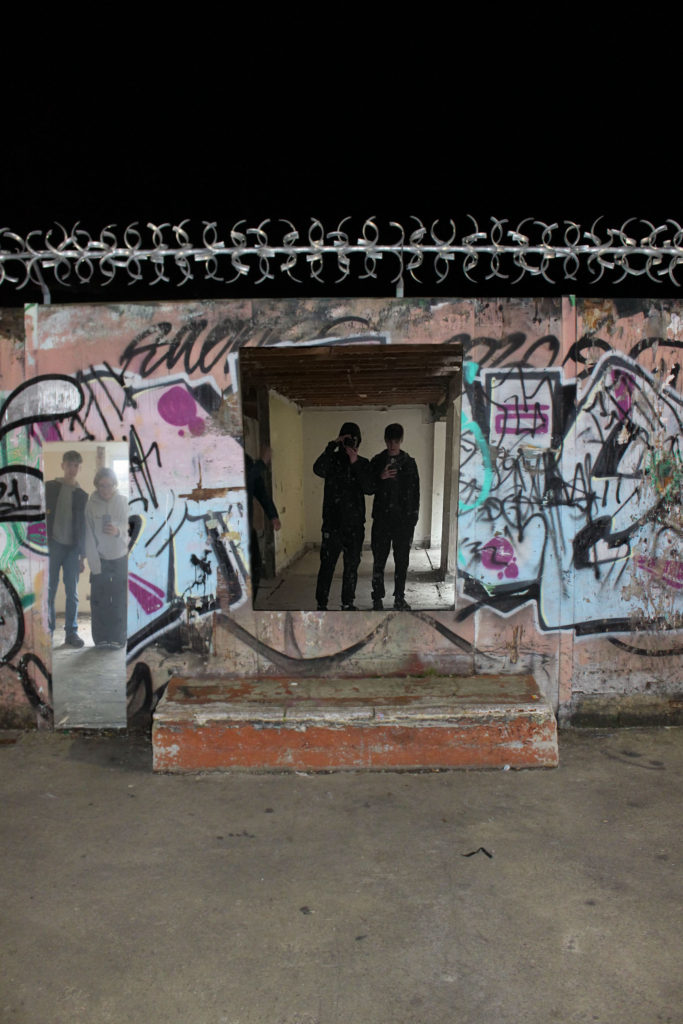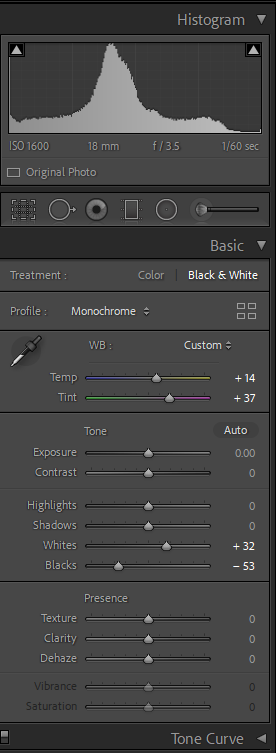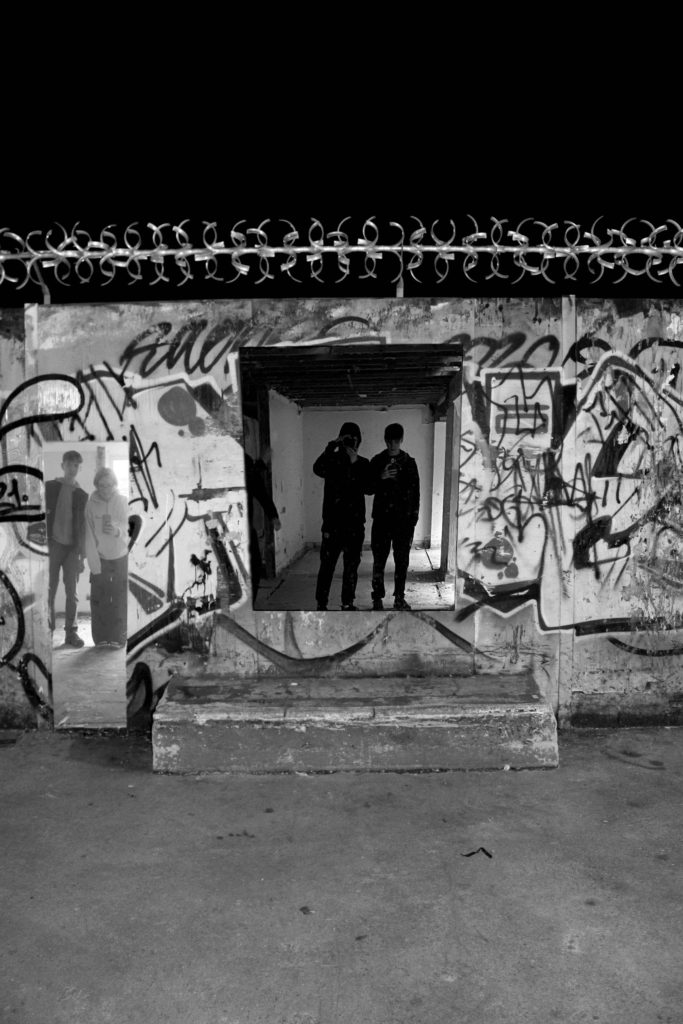SET #1:
VIOLENCE + RESTRAINT
I took these images of my friend Leon who started pretending to punch my camera, while he was doing this I managed to take 2 pictures of him in action with flash.
In response to these 2 images I decided to create a set titled “VIOLENCE + RESTRAINT” where I chose the middle picture as a tense hand against someone’s side which massively contrasts against the “violent” images.
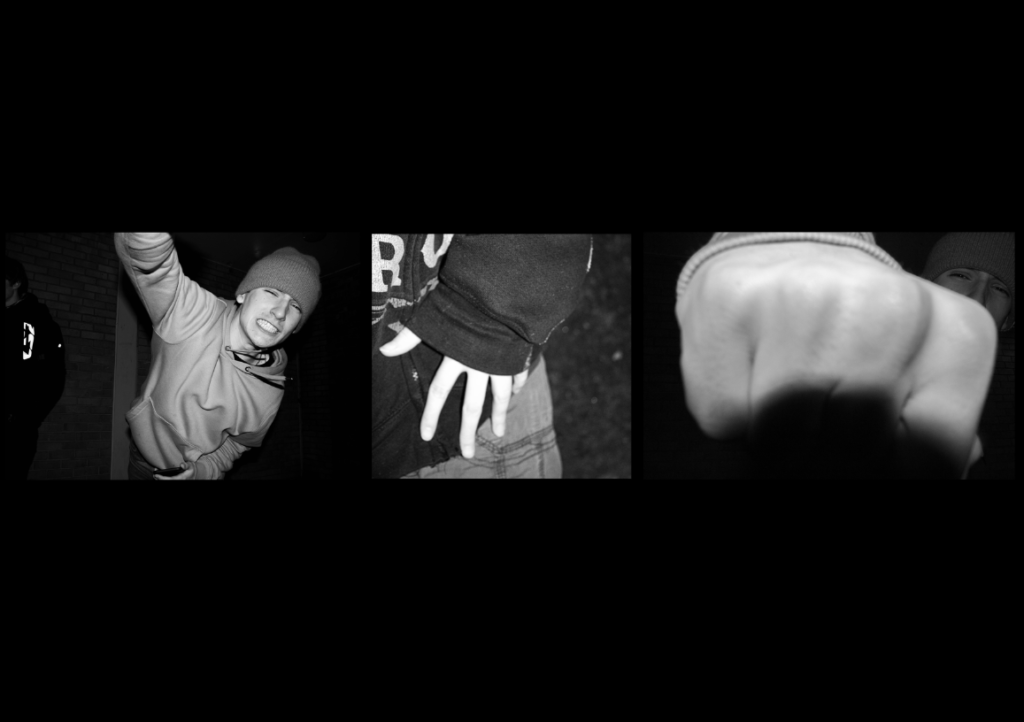
When arranging my images on photoshop I also thought about the size of my images, the 2 “violent” images are landscape while the middle “restraint” image is square-shaped, I have chosen this so it symbolises how violence takes up more room in society and commands more attention while restraint often goes unnoticed.
This is my favourite set of images as I am really interested in the history of punk and grunge, whether it be musical history or the entire ethos of the movement itself which was spurred on by “punk idols” such as Sid Vicious of The Sex Pistols and Siouxsie Sioux of Siouxsie and the Banshees. This set really reminds me of the punk mindset which was often taken to extremities such as violence.
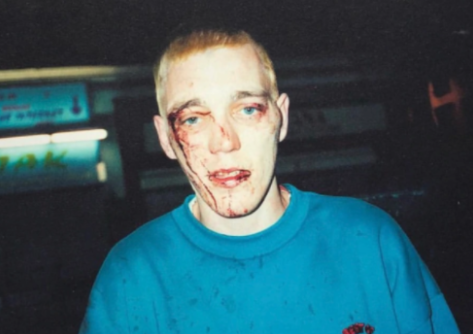
One of my inspirations for this set was this image taken from Corinne Day’s photobook titled “Diary” which shows her friends in a natural and autobiographical sense. Although my set of images does not look like a direct response to this image I wanted to show a story of violence versus restraint rather than just the aftermath of it.
I made all the images black and white to mimic the style of Francesca Woodman as she rarely shot in colour, this artistic decision was also made as all the images were quite inconsistent in colour which didn’t fit visually. I followed this rule for all of my sets of images.
I feel as if I successfully showed the emotions and sense of identity I wanted to display with this set of images, however as this was my first set to edit and photoshop it made me realise some problems with arrangement on photoshop where it was incredibly difficult to evenly align images with different dimensions.
SET#2:
TORN
These images were taken of myself on self-timer with flash, I wanted to explore teenage attitudes to sex and sexuality. I named this set “TORN” to imply a sense of torn feelings towards sex and sexuality while also displaying the literal images of torn tights.

This set massively reminds me of Francesca Woodman’s work as I wanted to keep the main subject’s face concealed- which is a massive theme in Woodman’s work.

I was inspired by this photo taken by Woodman so in the first image in the set I tried to imitate the way the subject was sitting and the attitude it conveys, which I believe I successfully fulfilled. I also really liked how Woodman displayed womanhood and sexuality in her images so I attempted to give this same sense through my set of images.
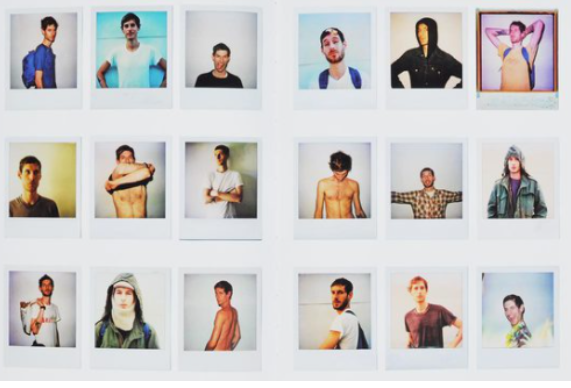
I was also massively inspired by Ryan McGinley’s collection of polaroid sets in the arrangement of all my sets-I experimented with displaying the sets as polaroids but decided to not continue with this idea as all the images had different dimensions. In this specific set I was interested how McGinley showed his photos as a collection of intimate memories- something that takes up a large part of someone’s identity.
The middle image on the left page of the book was also a massive inspiration (displays an image of someone taking off their shirt) as it really displays the exact sense I wanted to tackle in this set so I created my own version of this single image.
In this set of images I feel as if my inspirations are very defined and have clear connections to my finished product which communicate a sense of identity to the viewer which is subjective and relatable.
SET #3:
DOWN THE LINE
My third and final set is titled “DOWN THE LINE” as I wanted to explore so-called “self-destructive” behaviours which can cause problems in the future (or “down the line”).
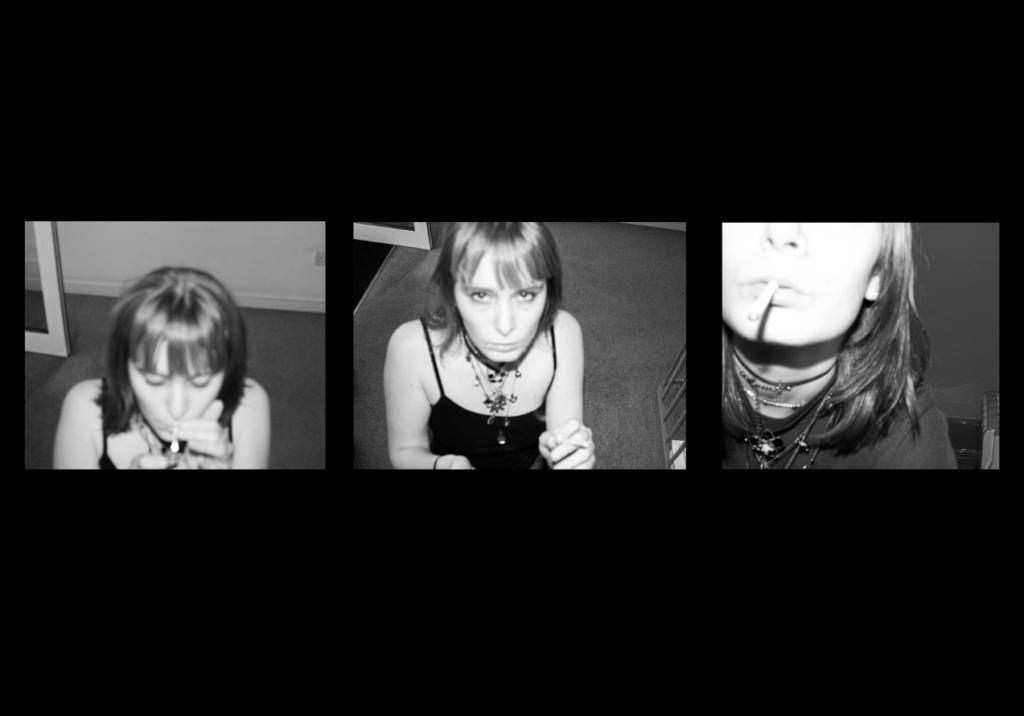
I really like these images as they are not pretty or professional, they have a more raw and “homemade” feeling to them which conveys a feeling of secrecy- where the viewers are intruding on hushed behaviours.
I didn’t have any clear inspirations for this set, one could say I was inspired by Corinne Day and Ryan McGinley’s sense of exploitation in natural images with their muses but my photography style in these images are very different from any of my inspirations as I took the images from a high perspective to give a sense of overlooking and intruding.

